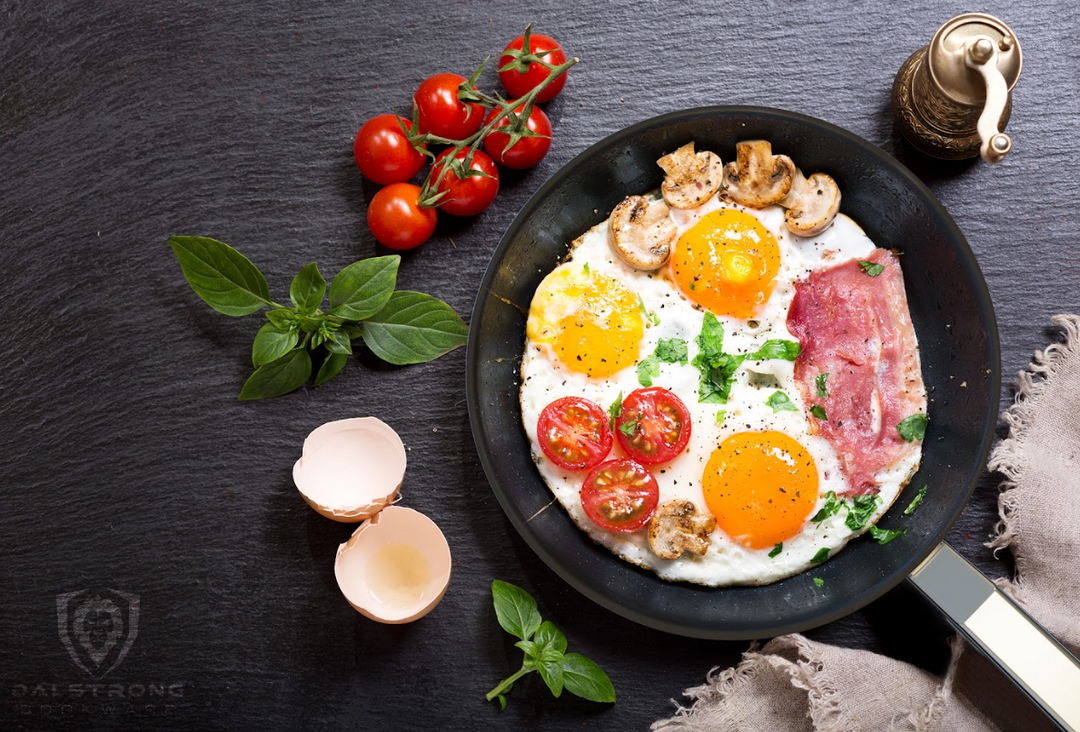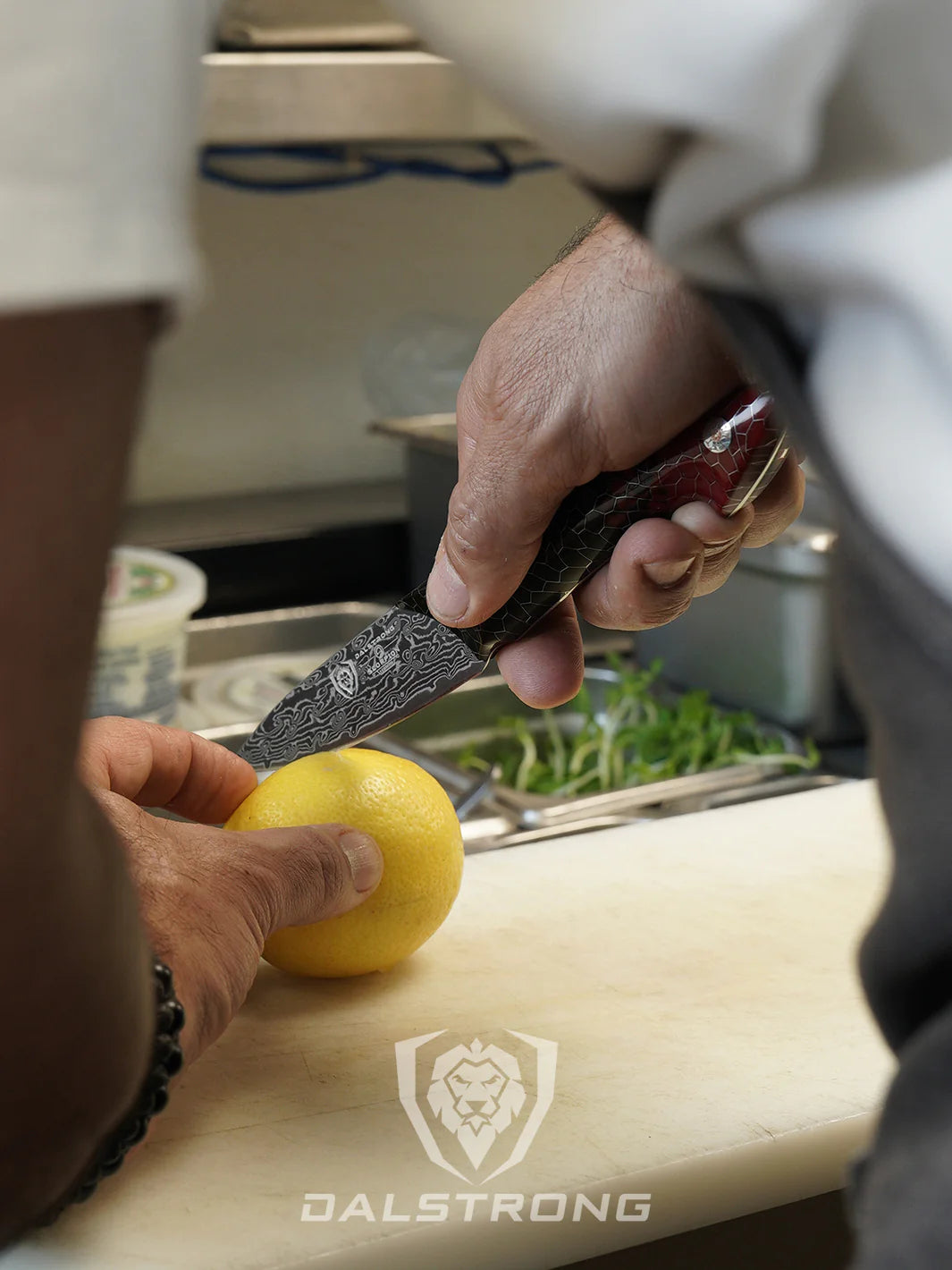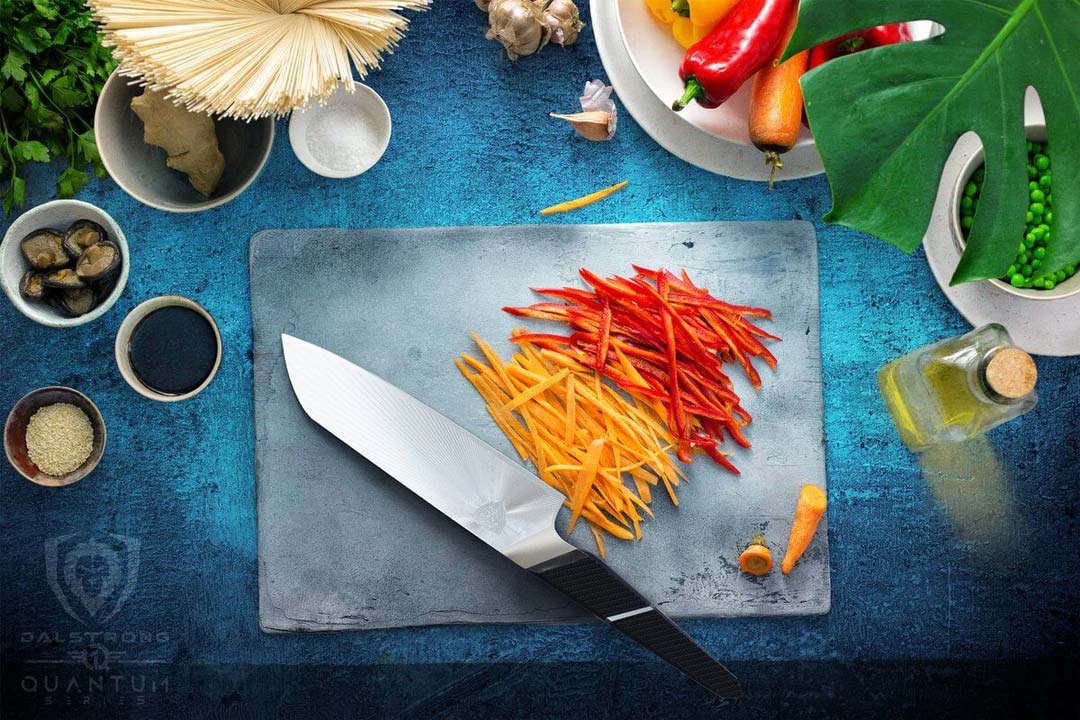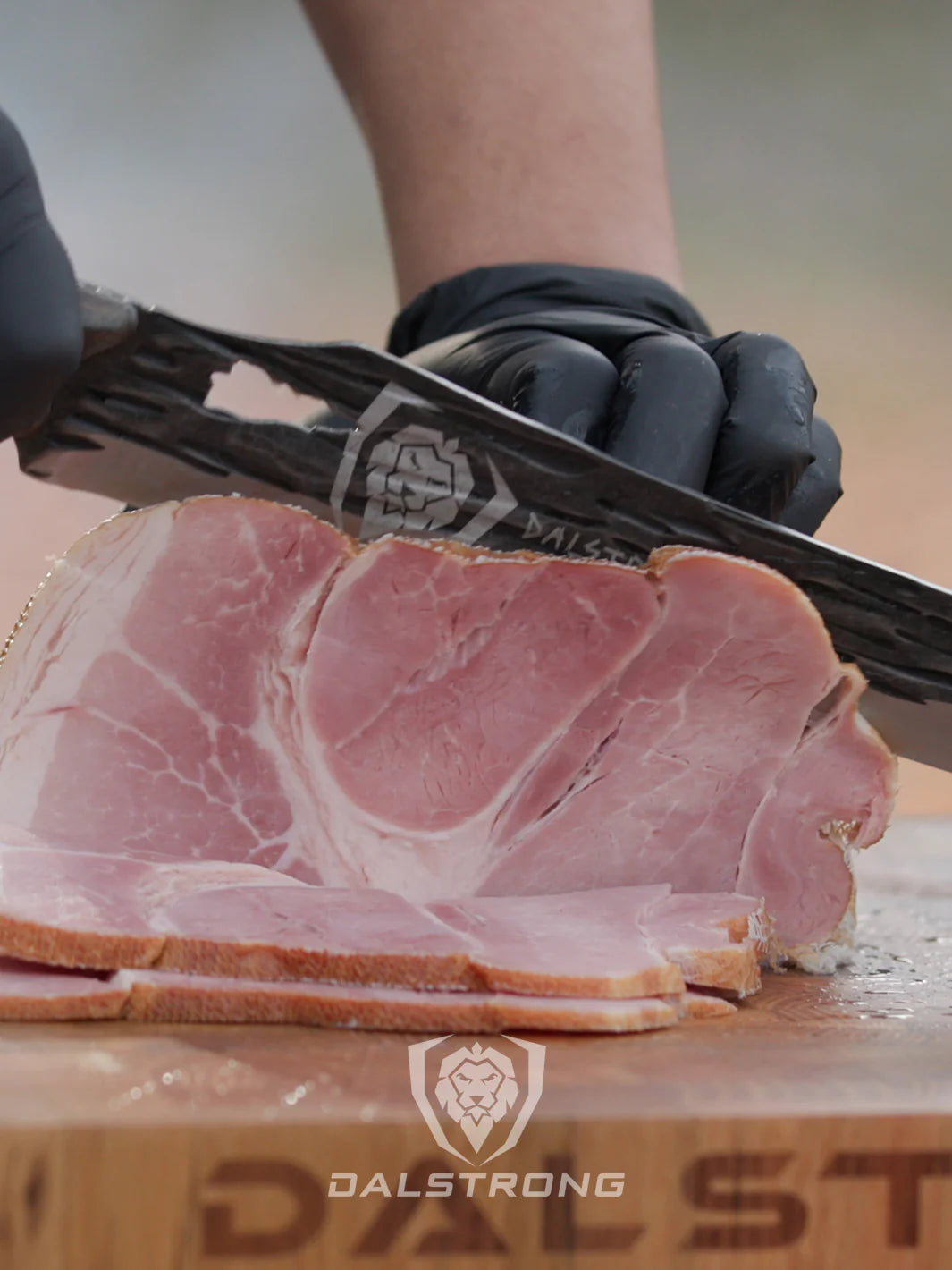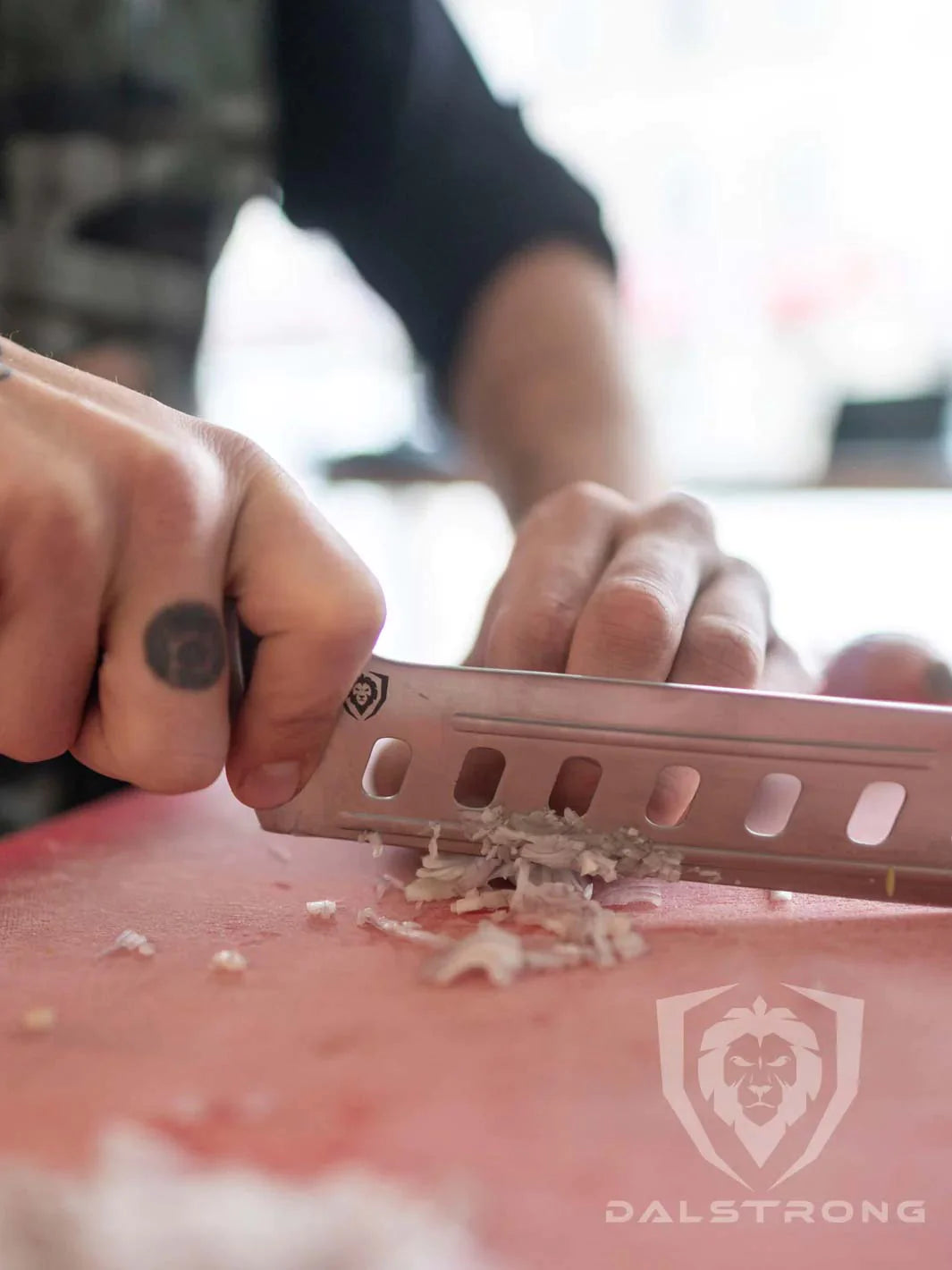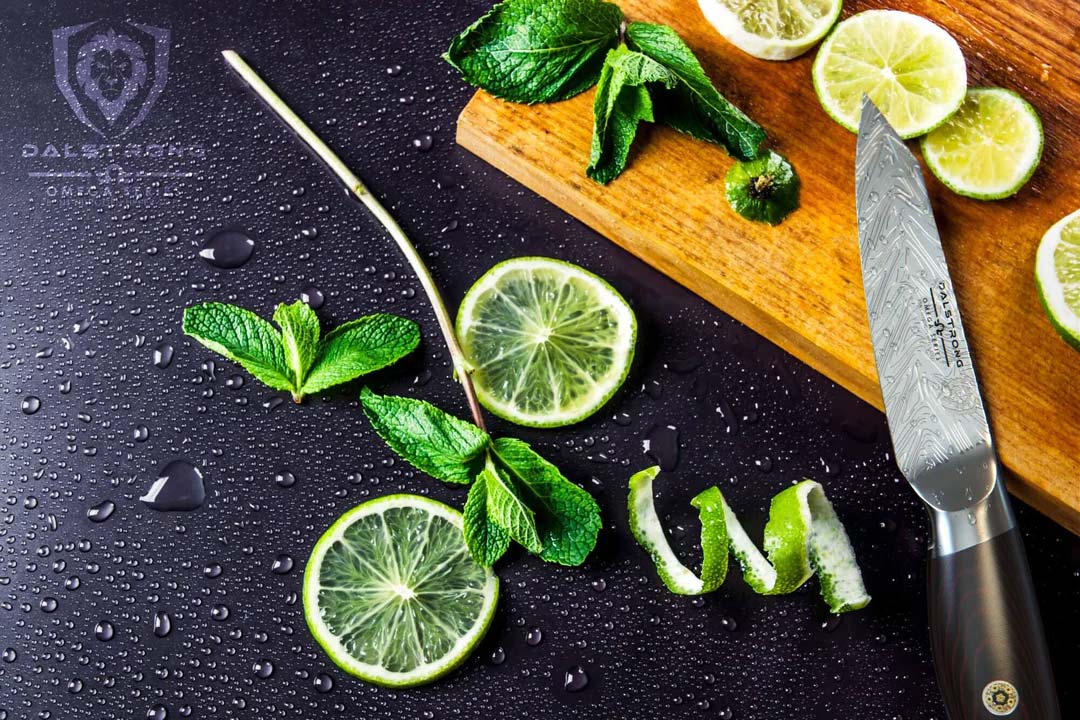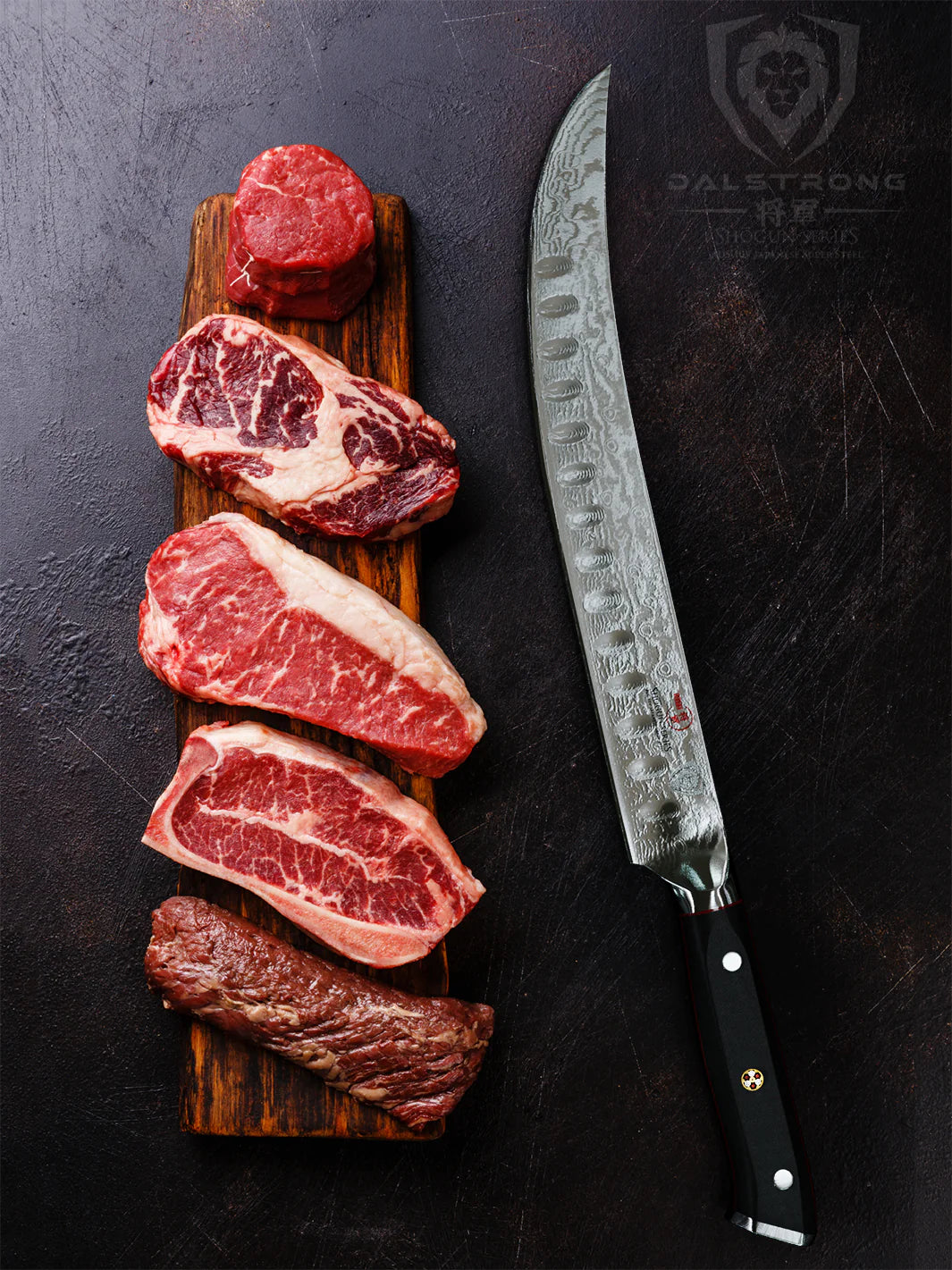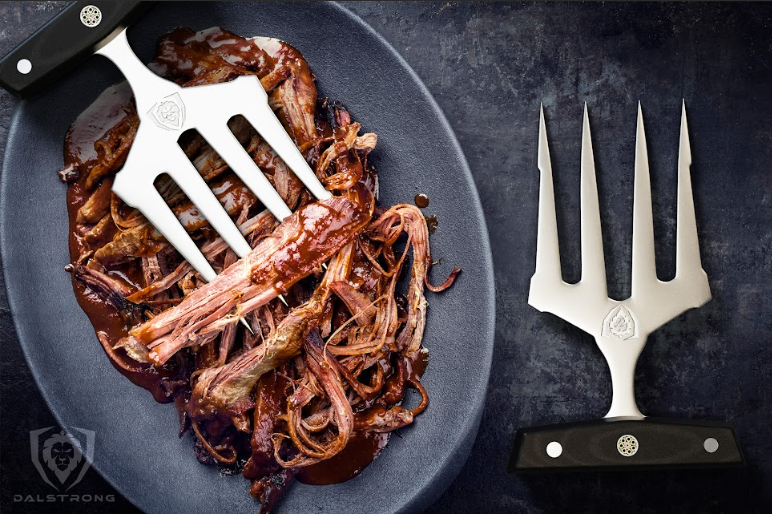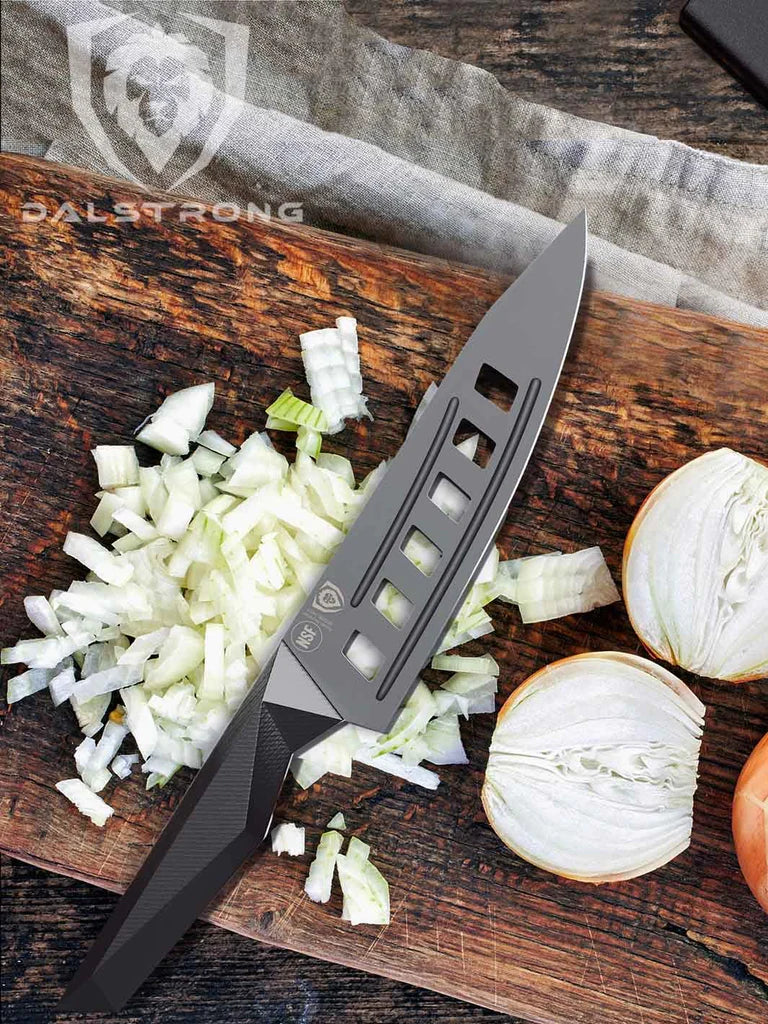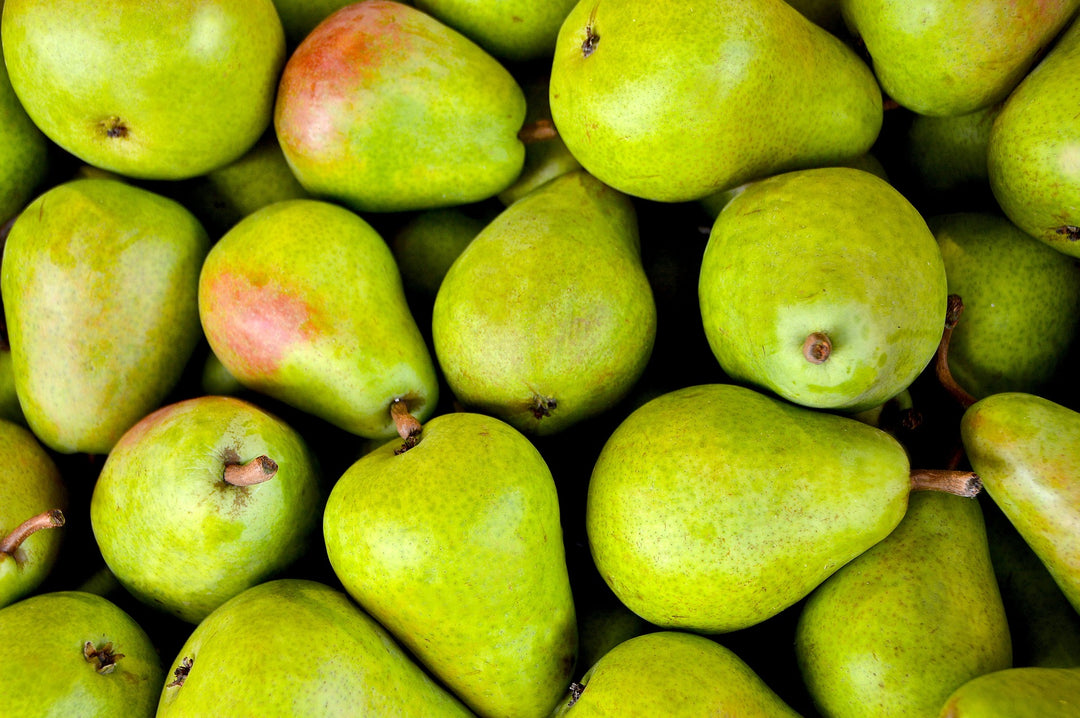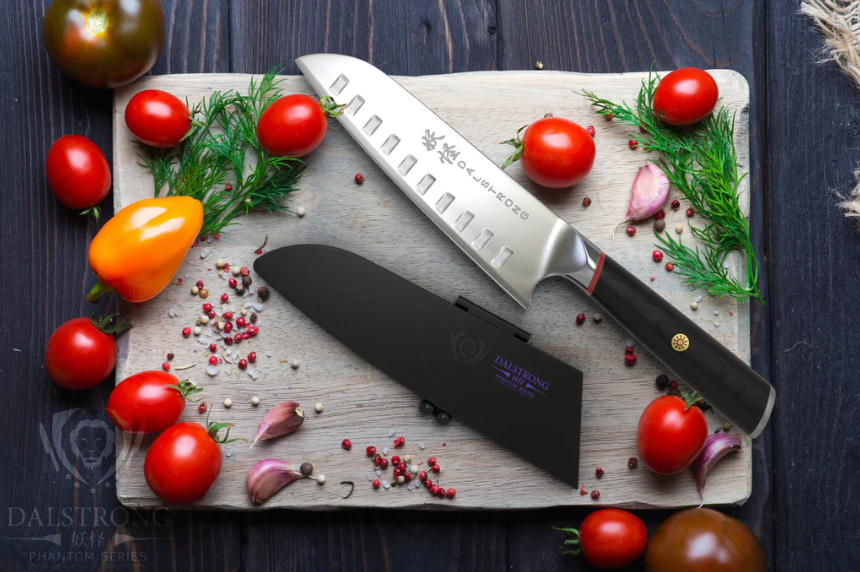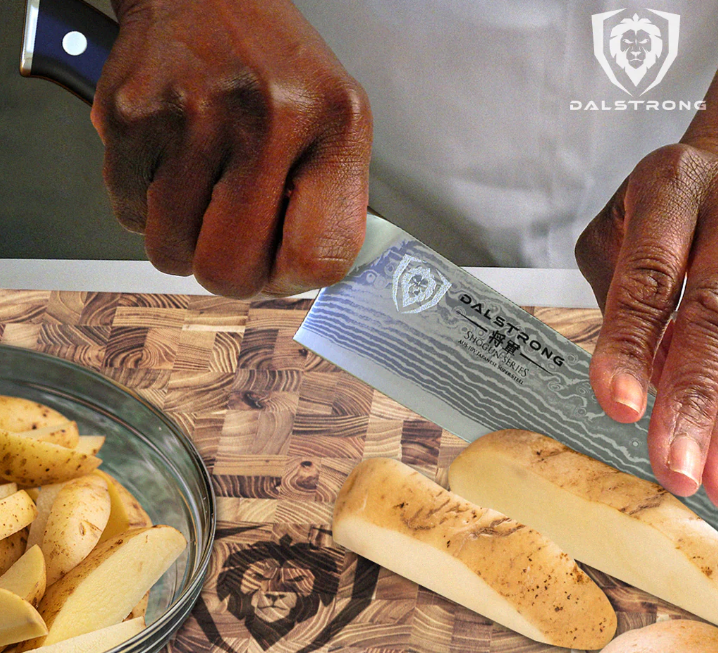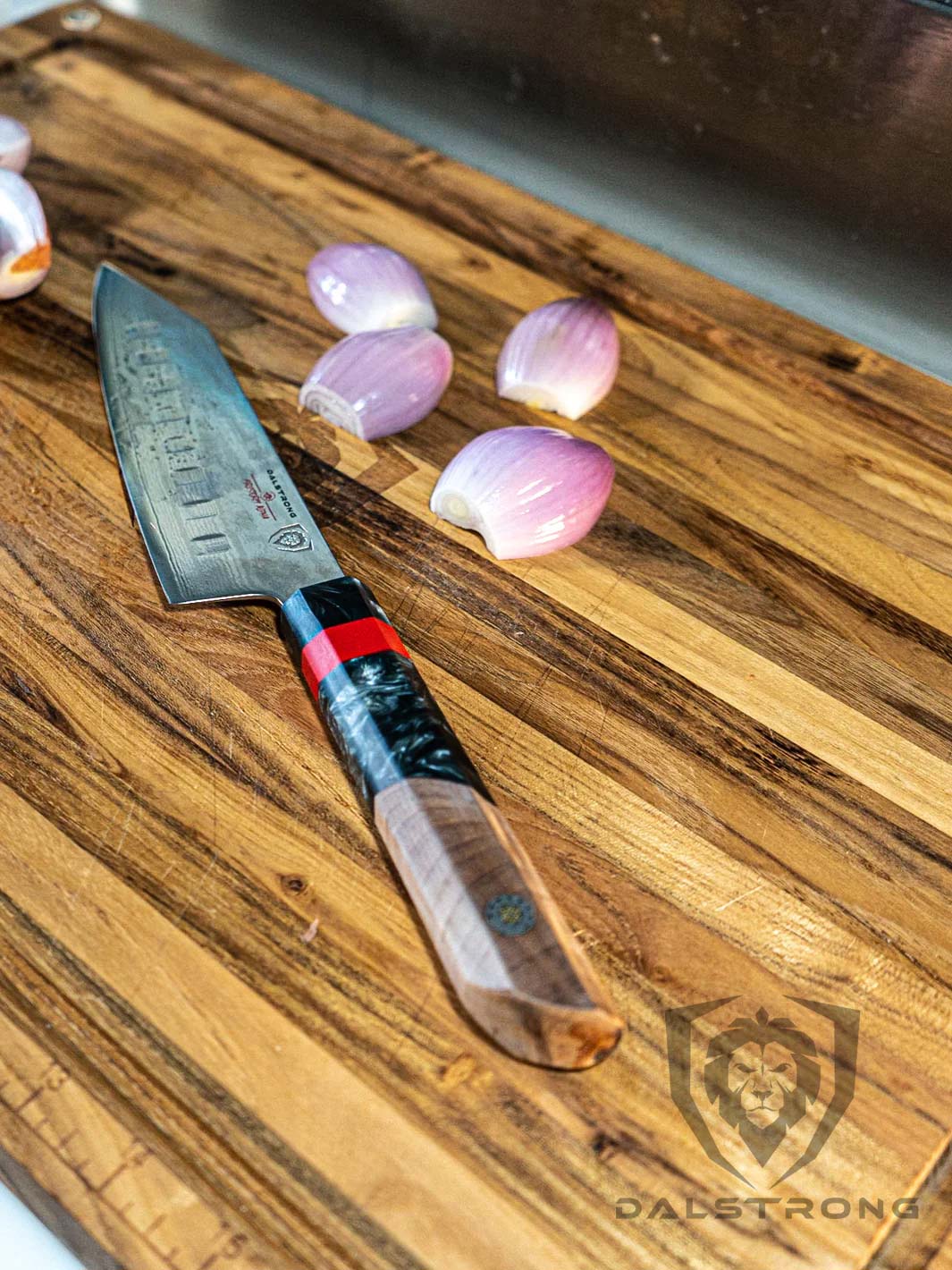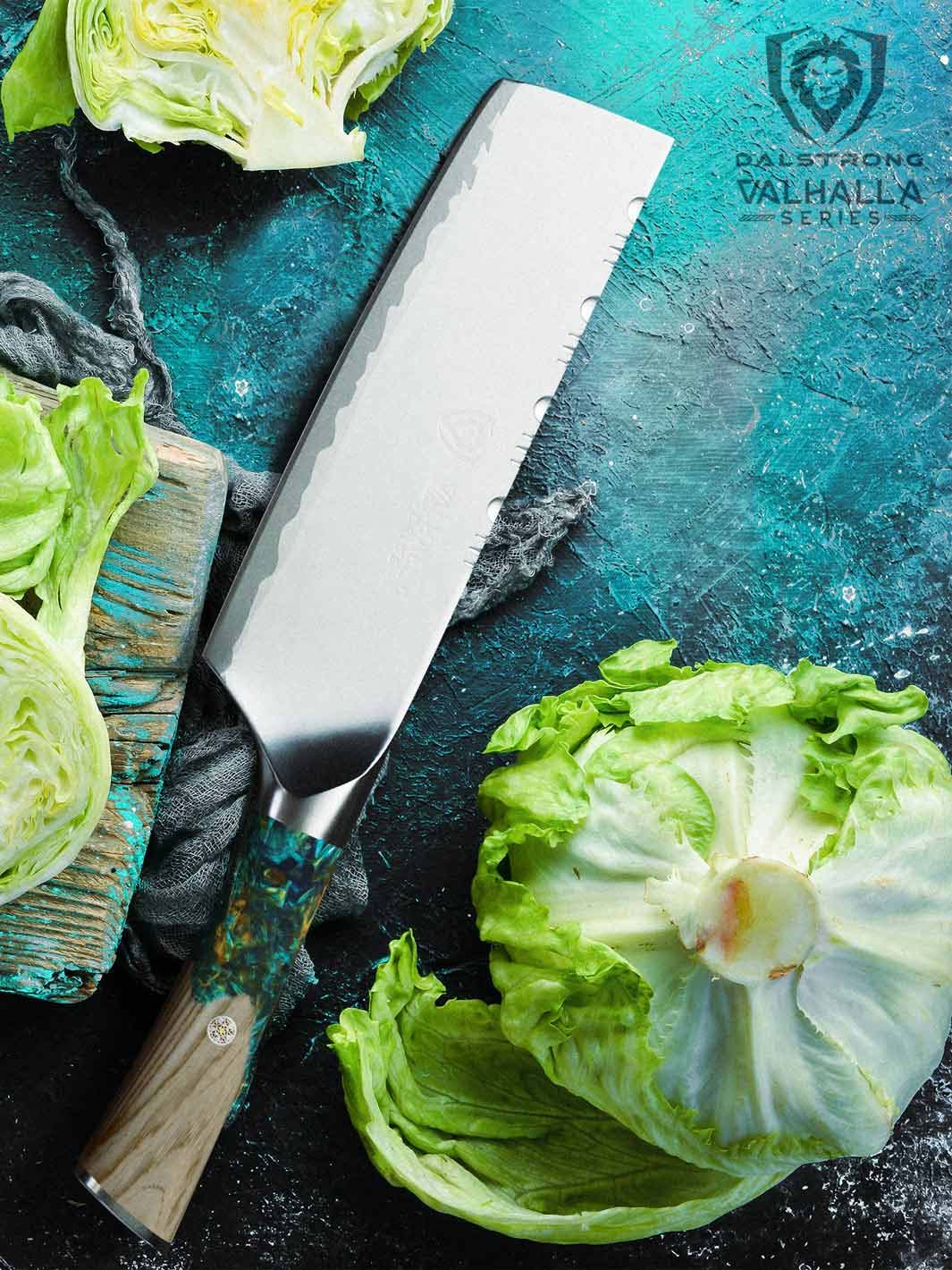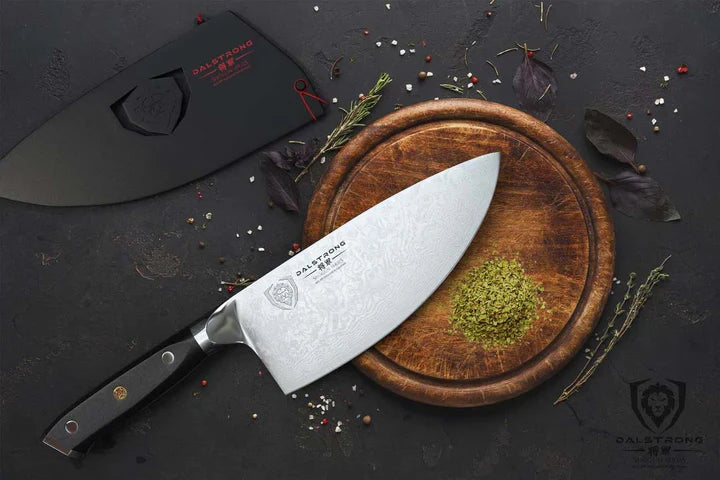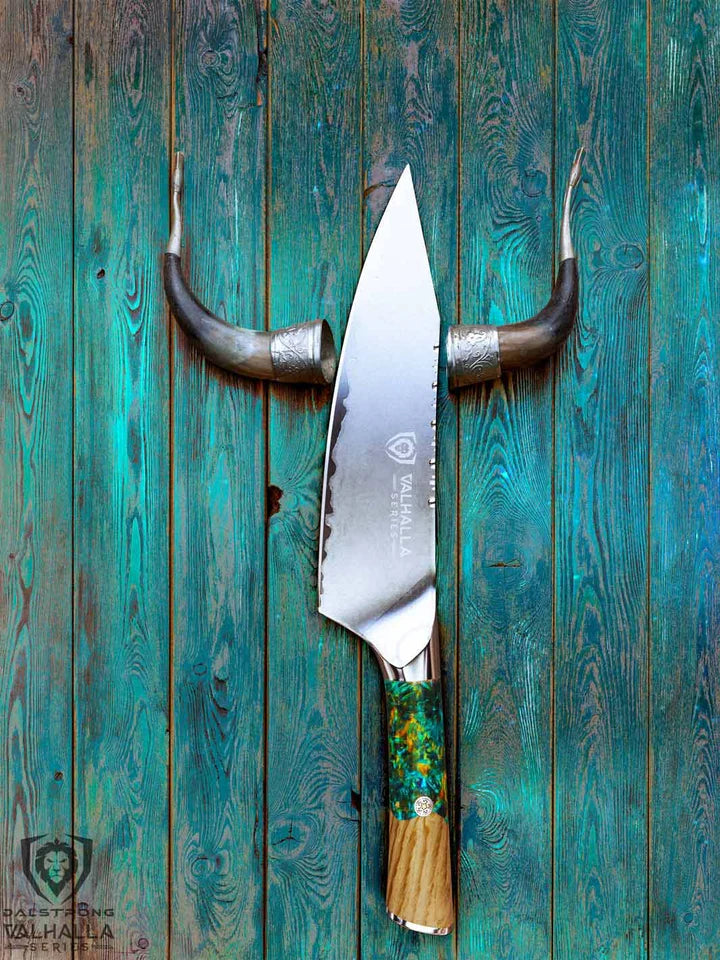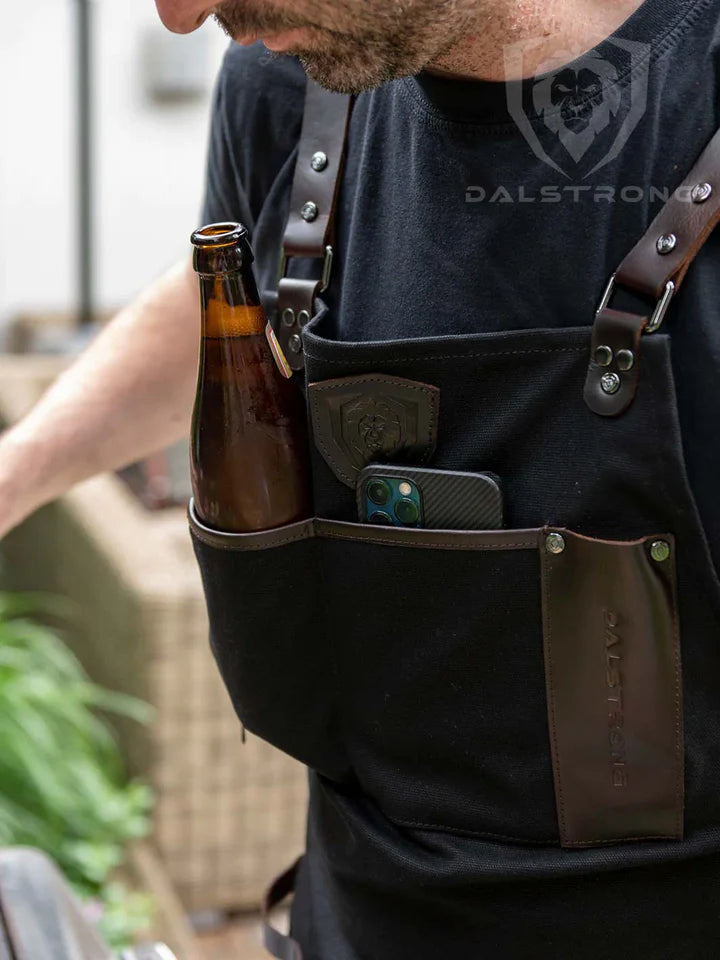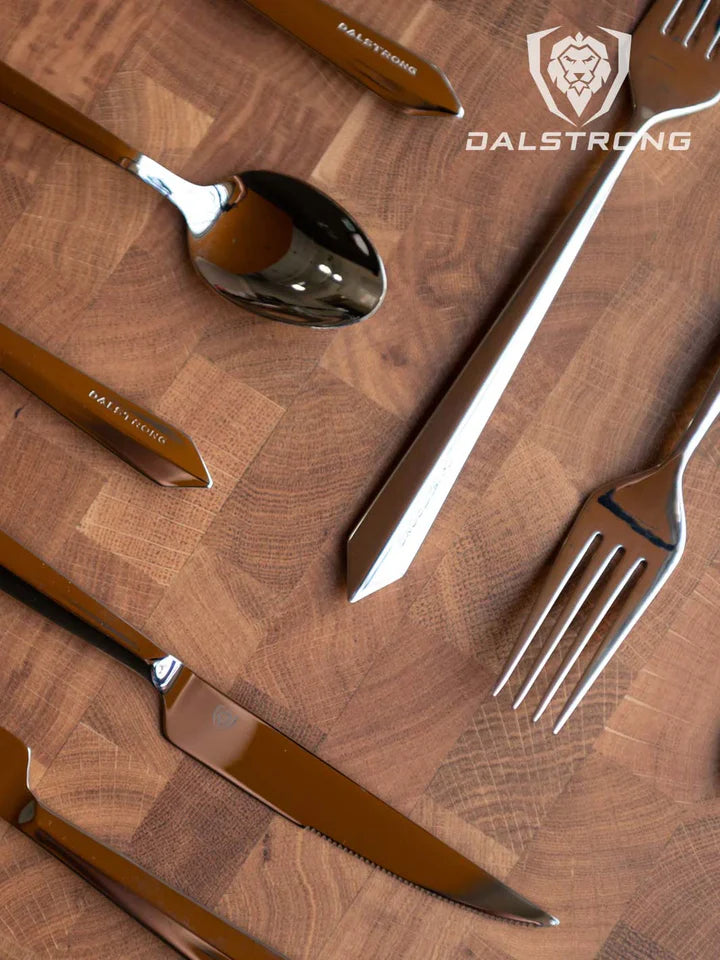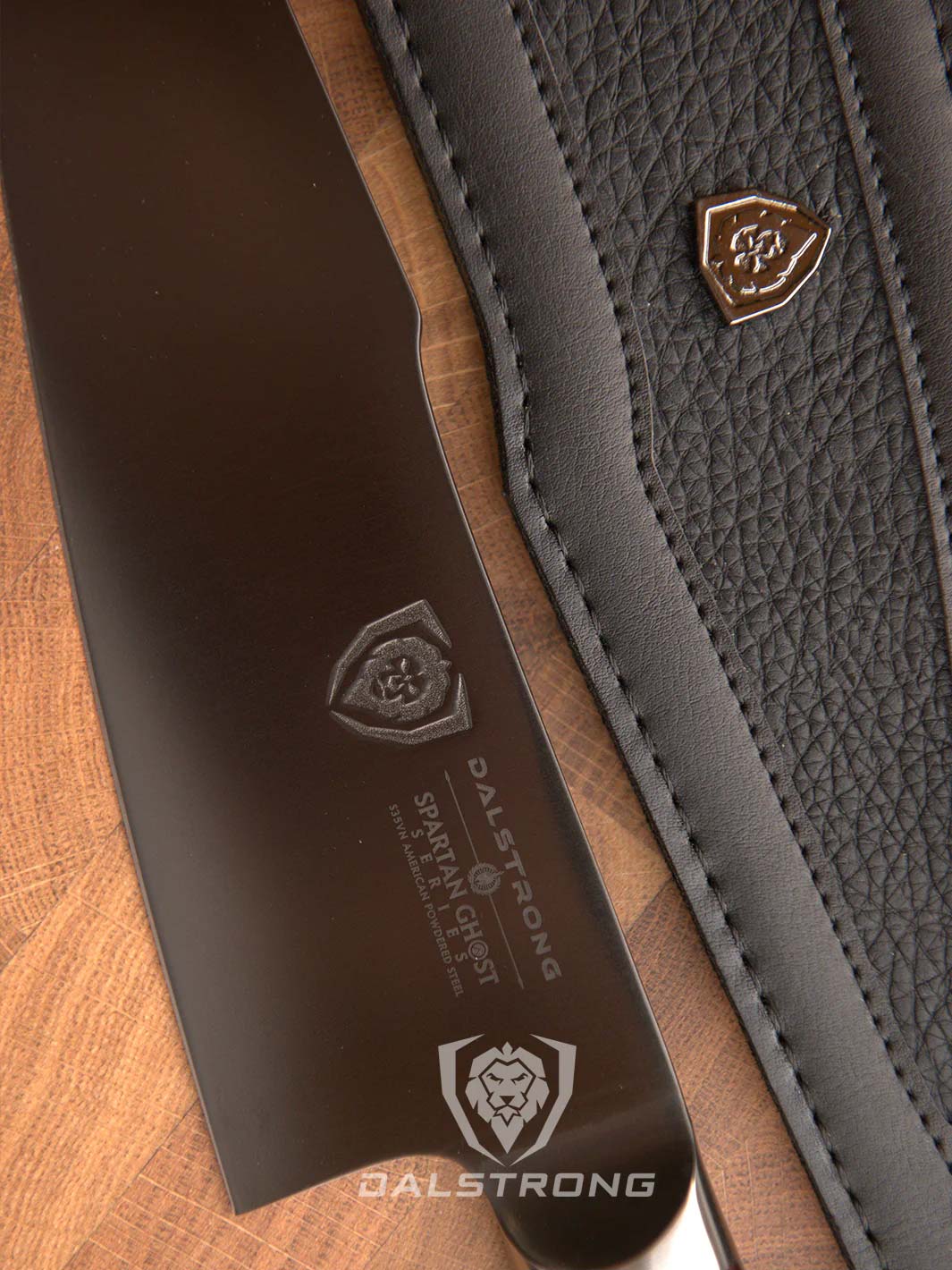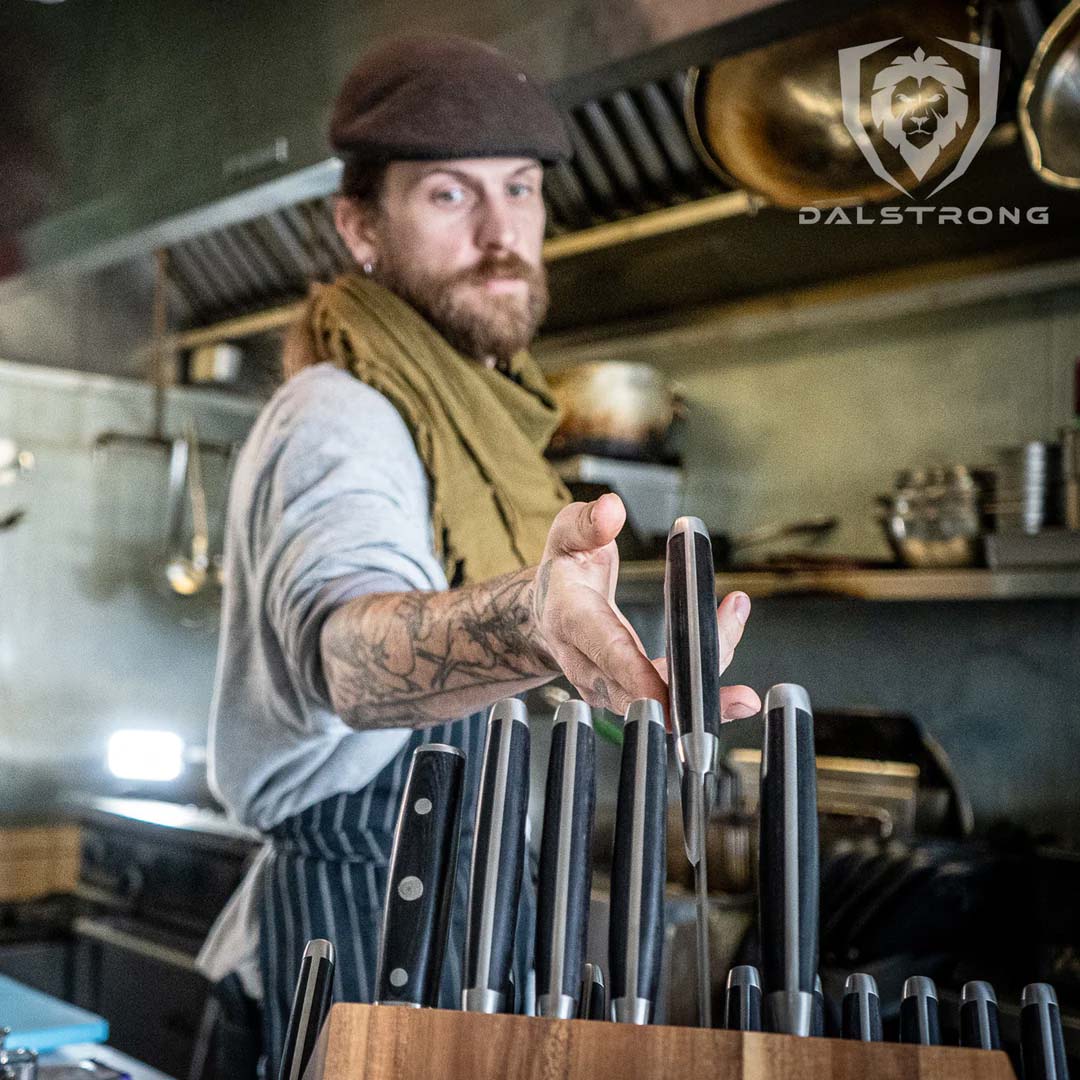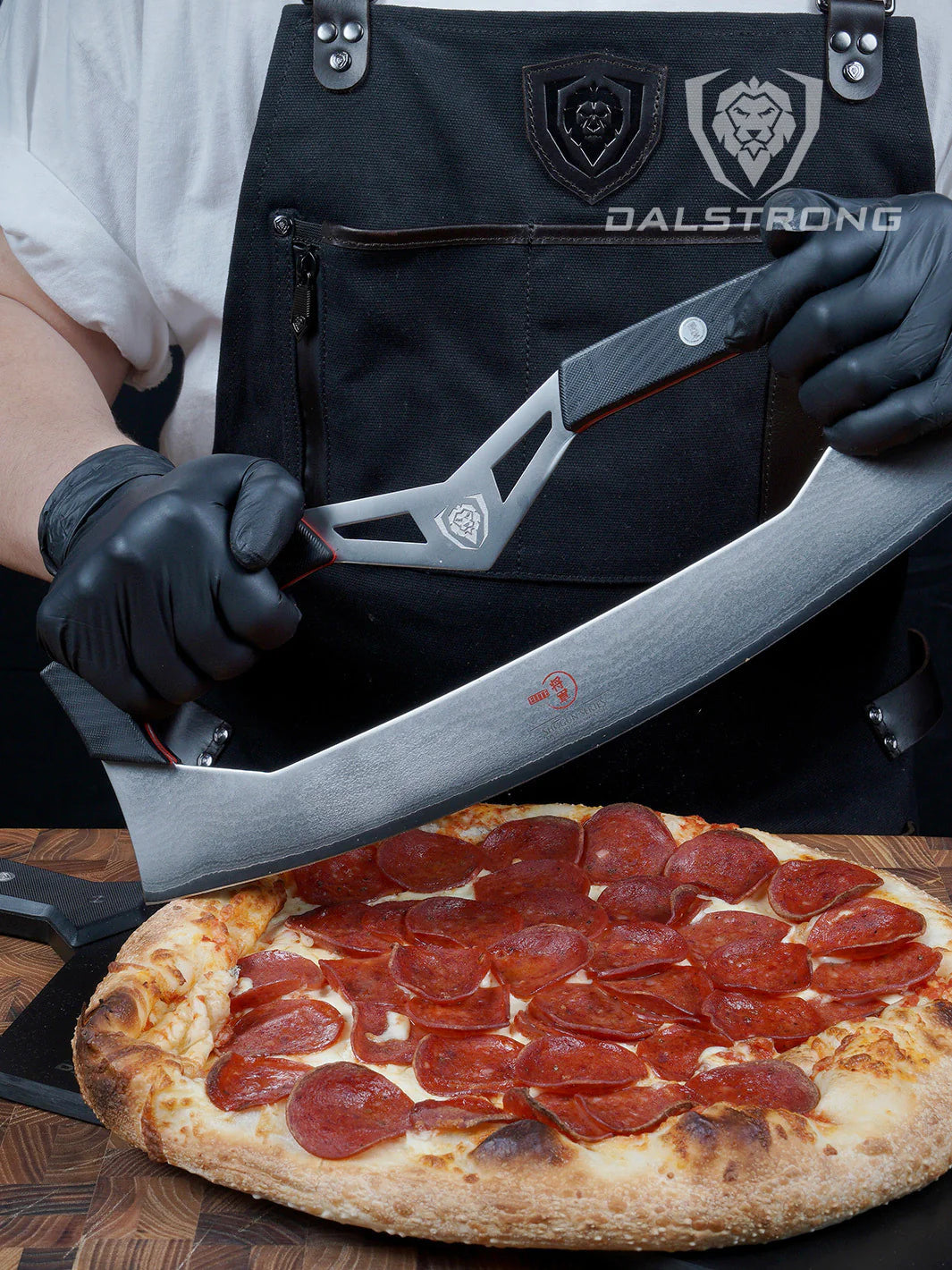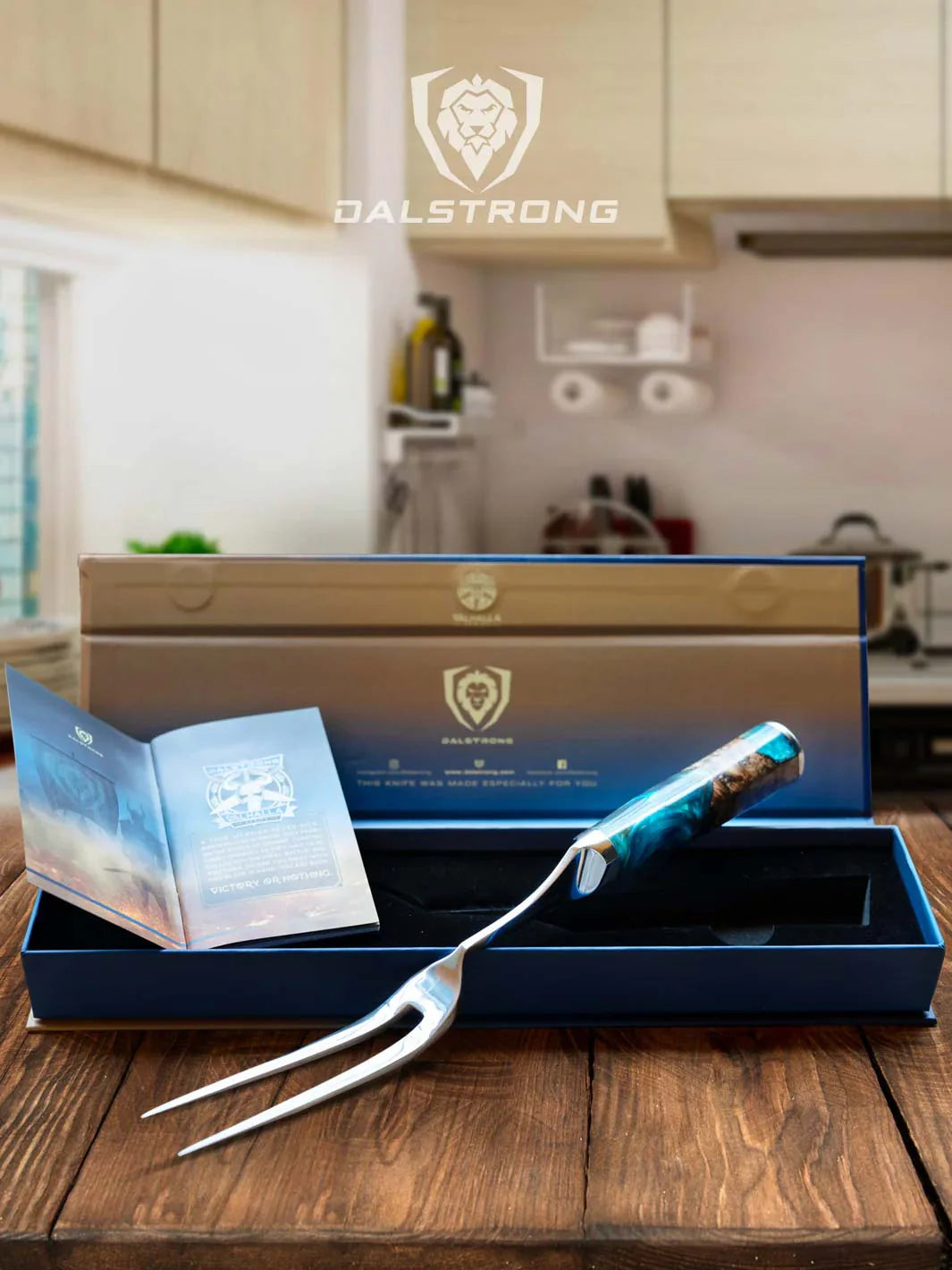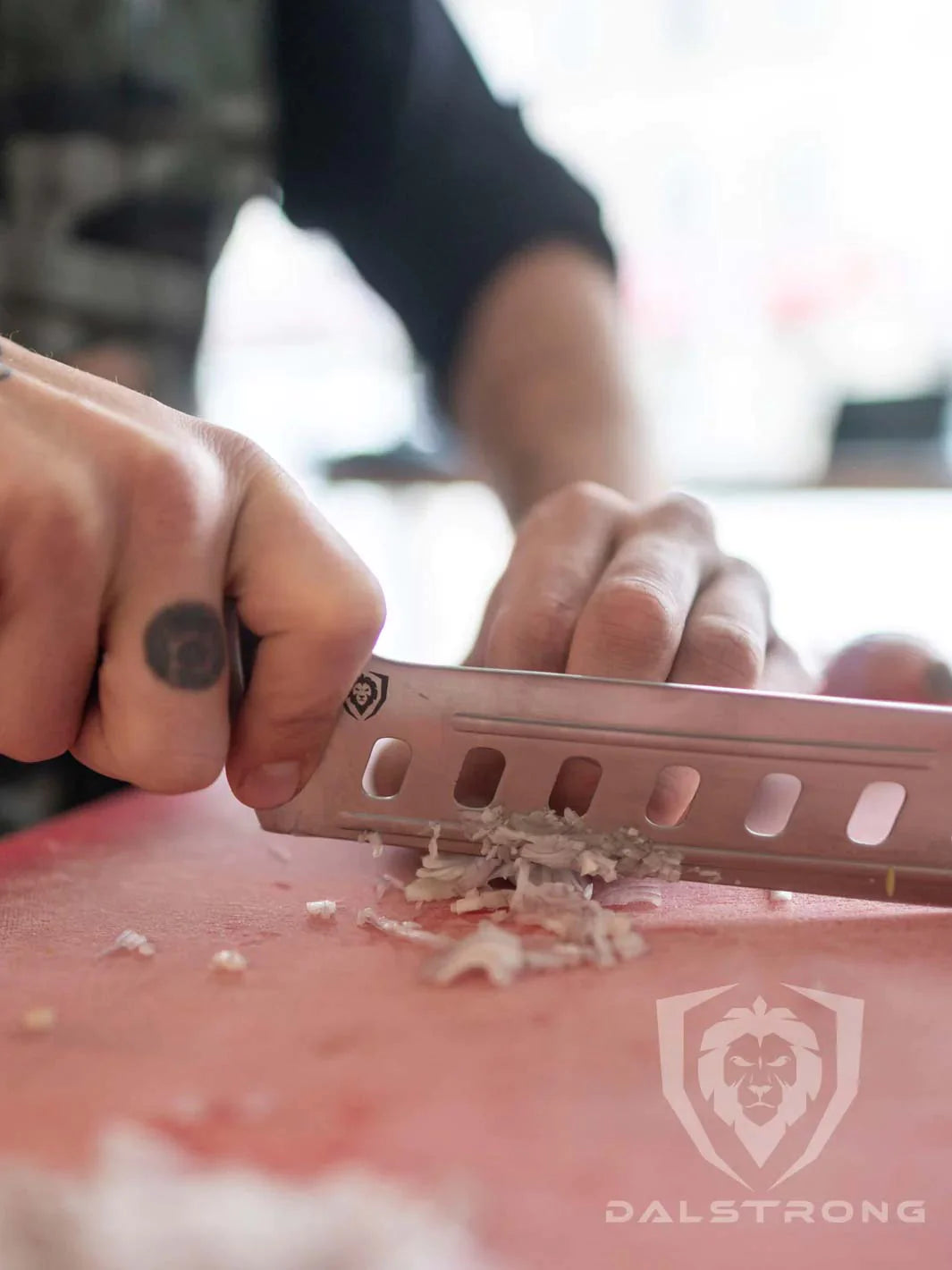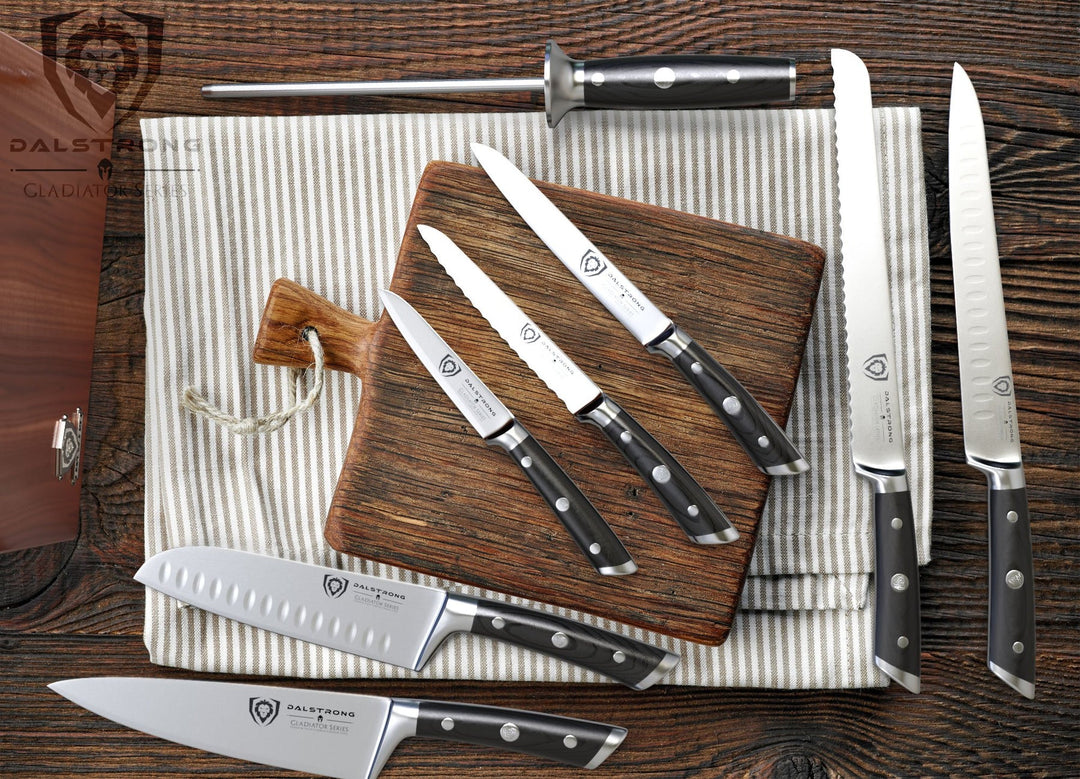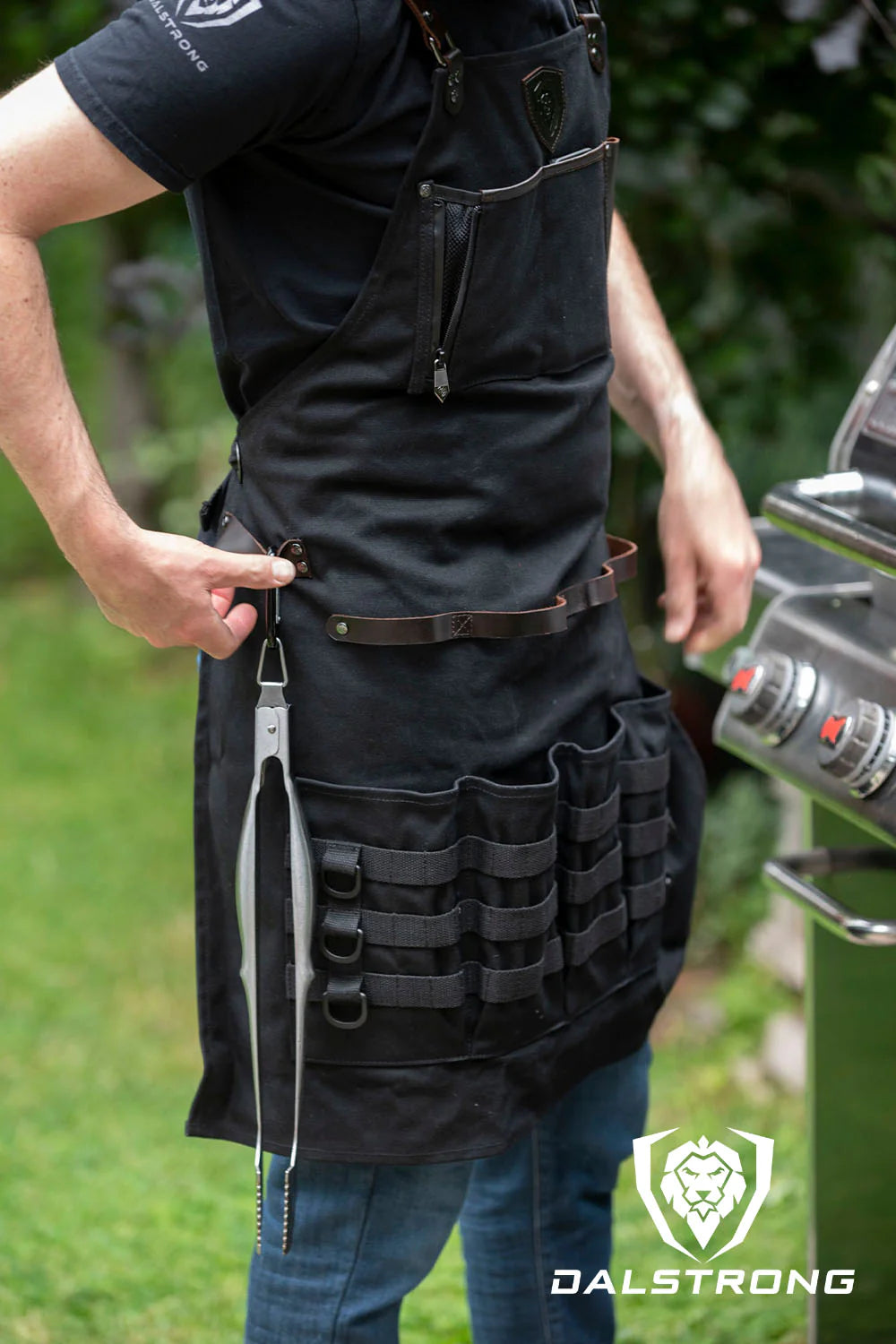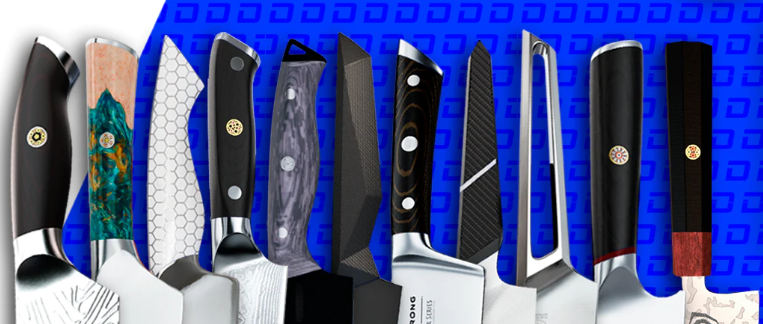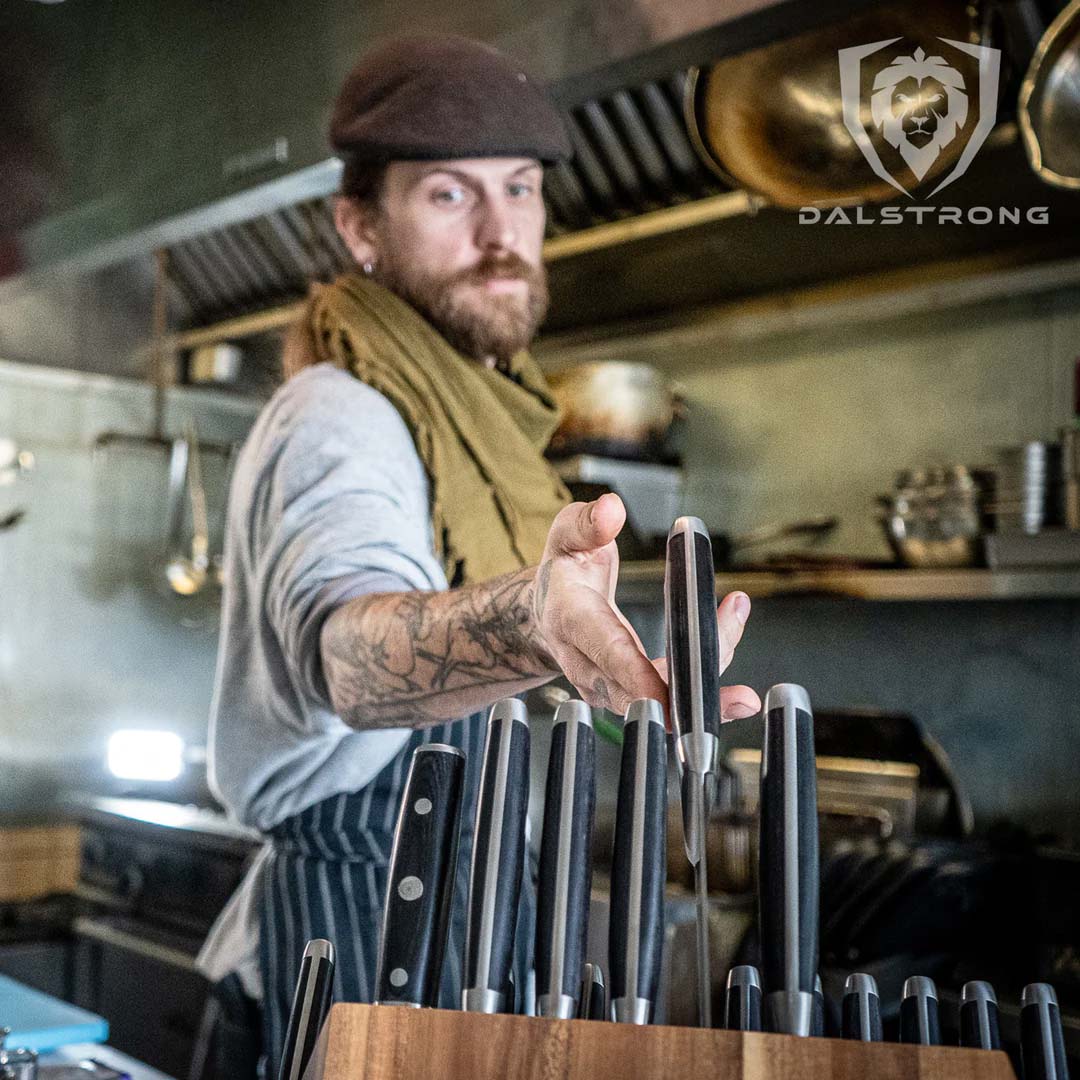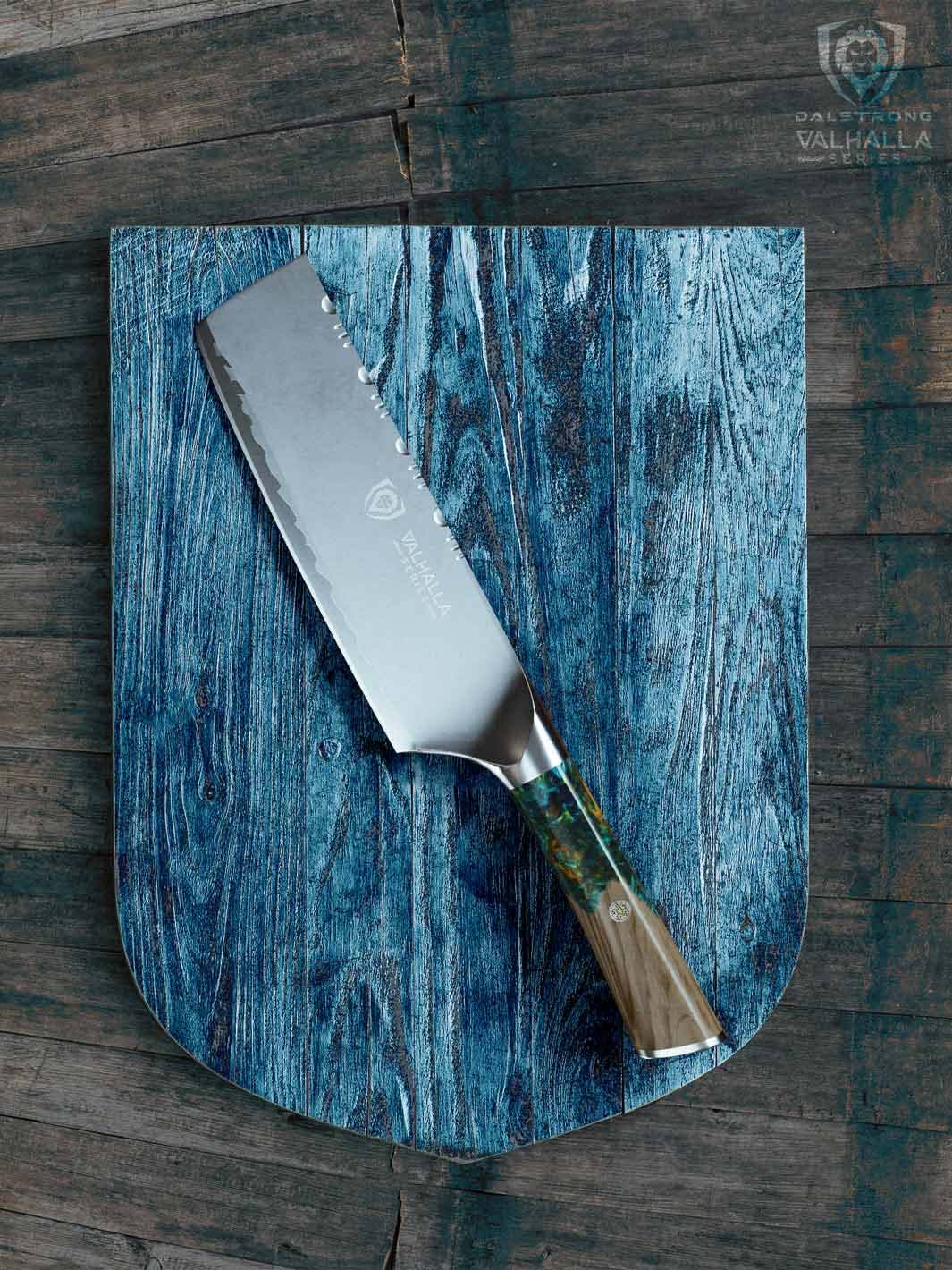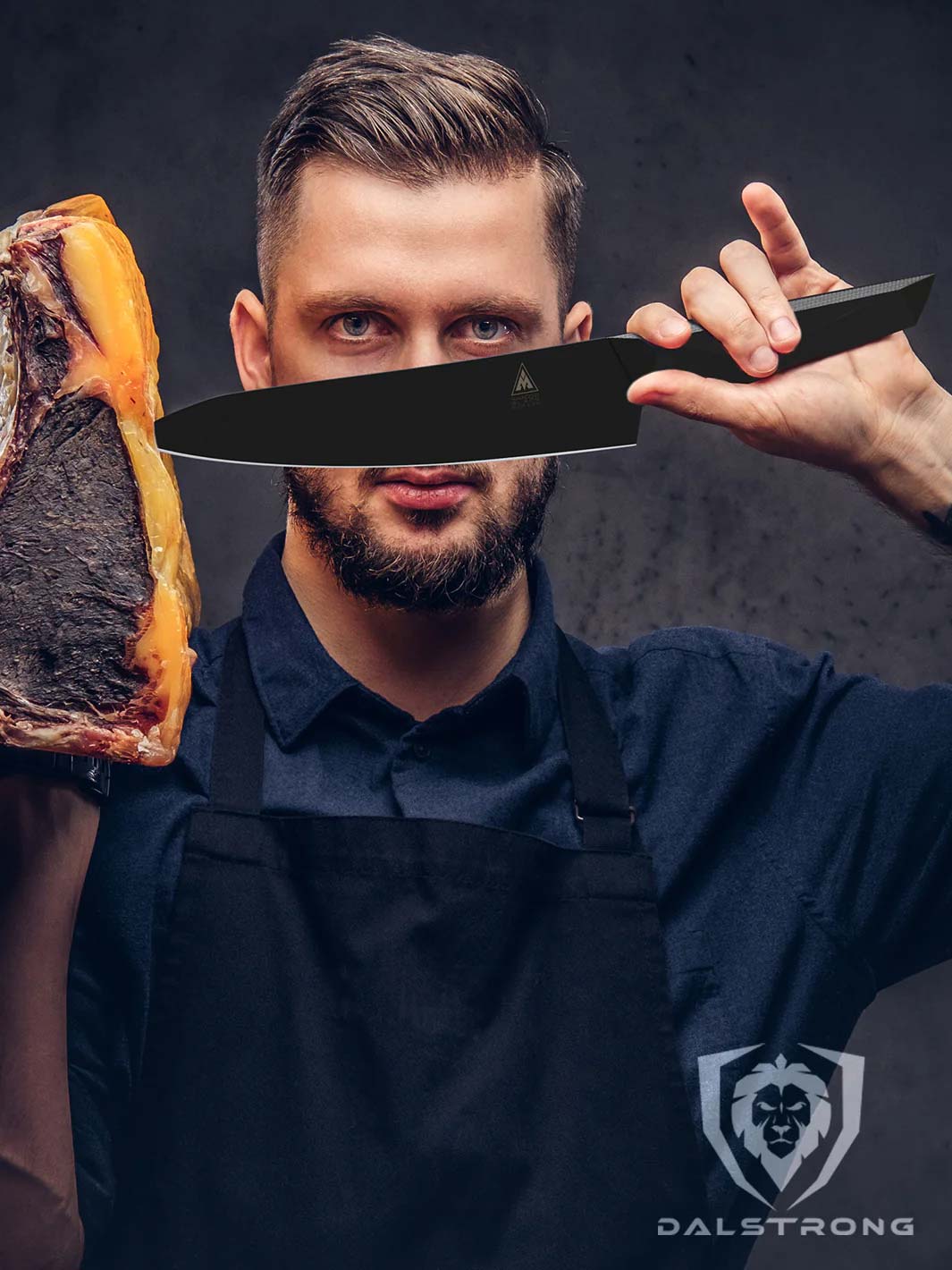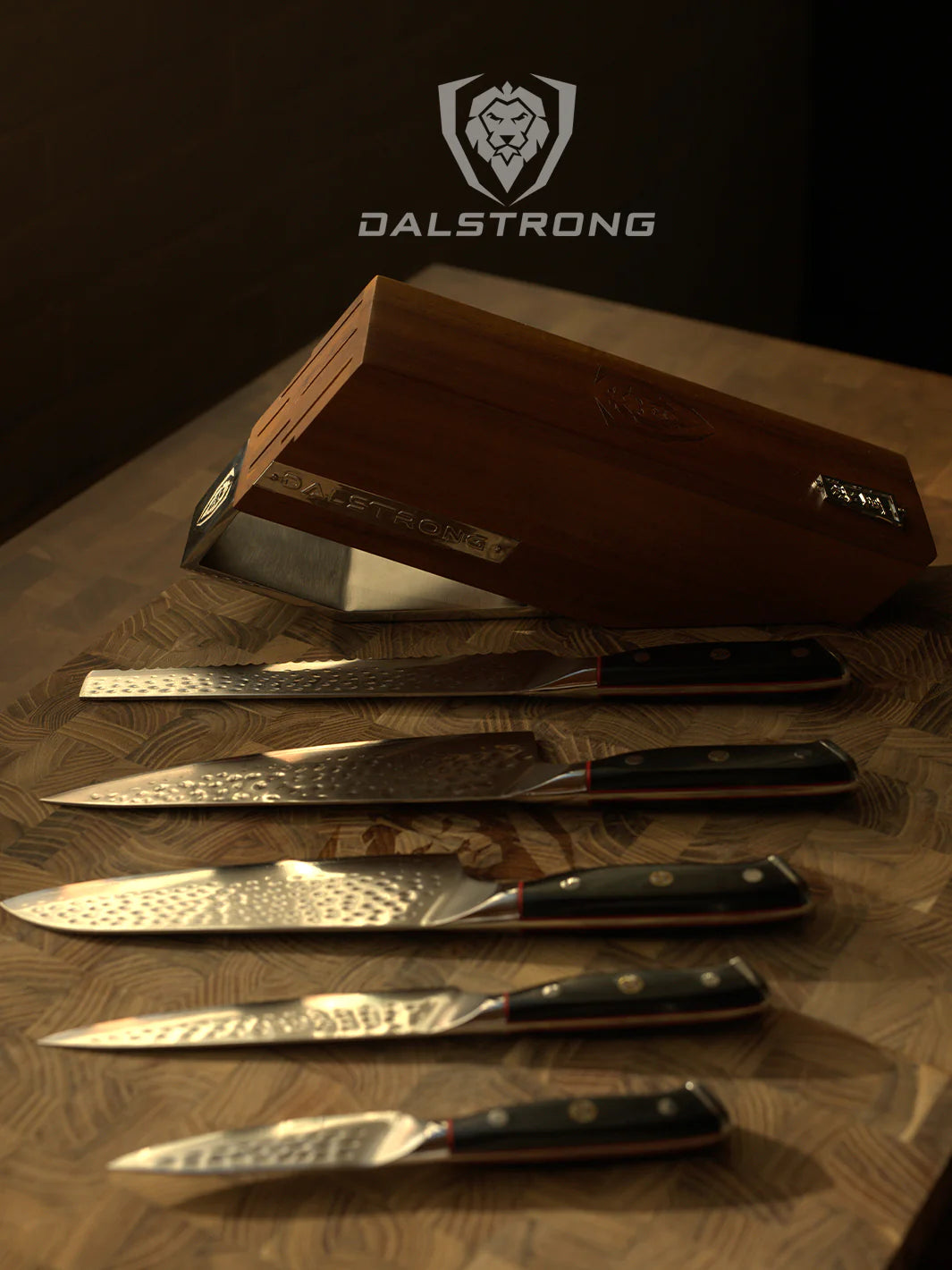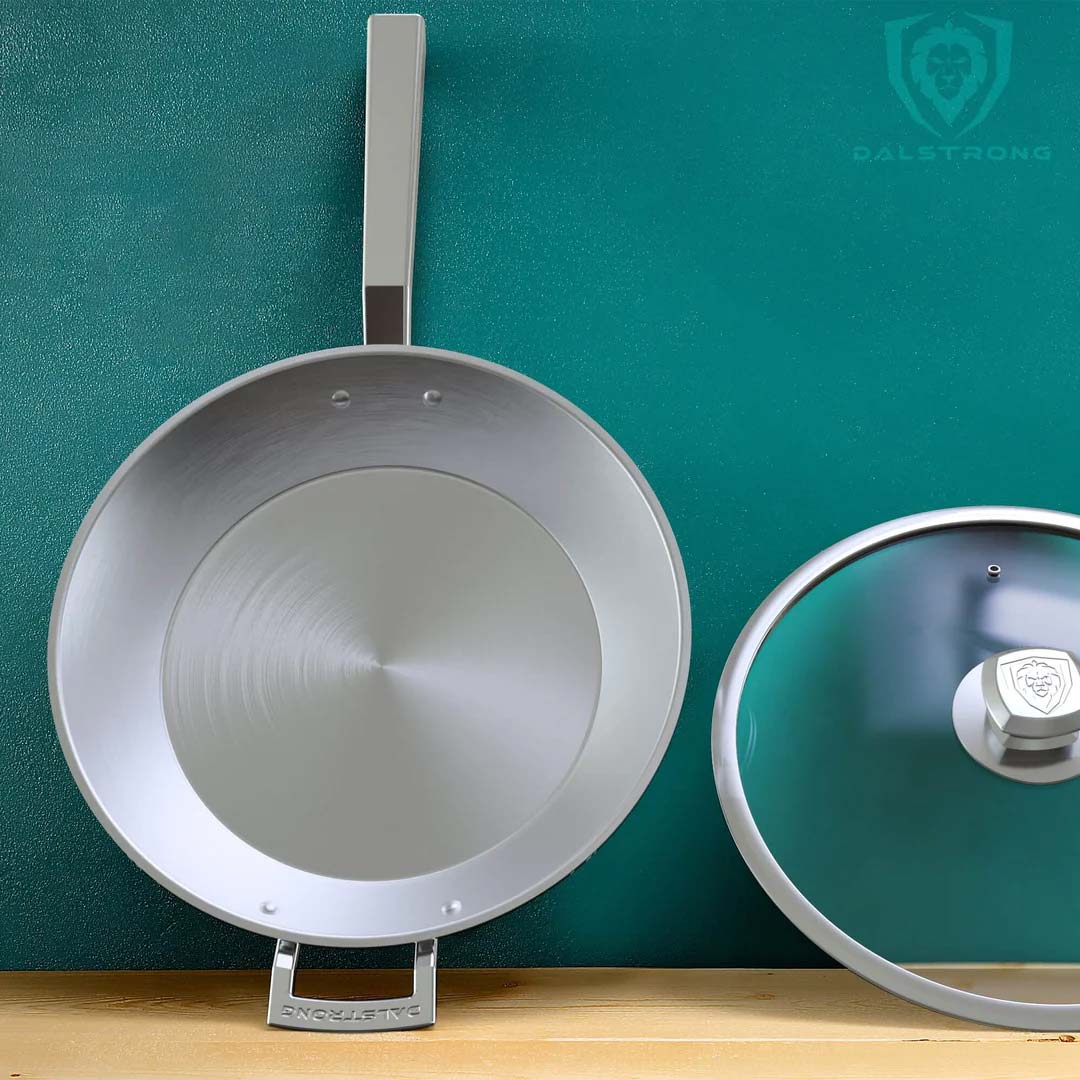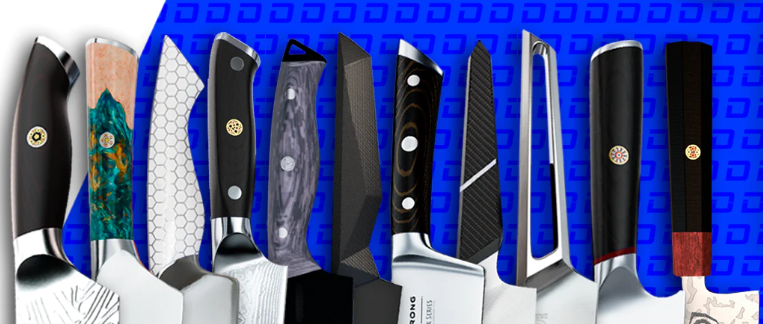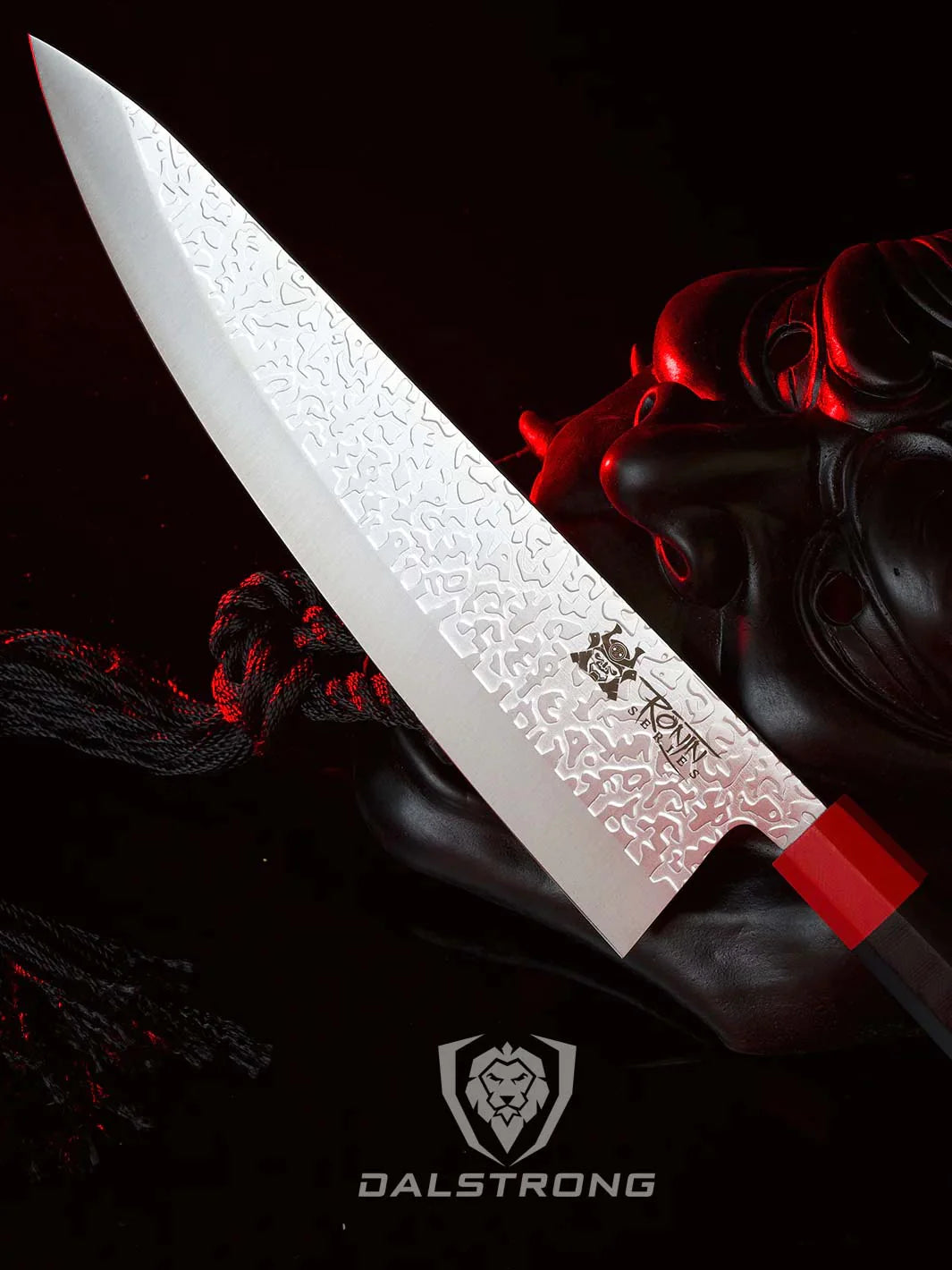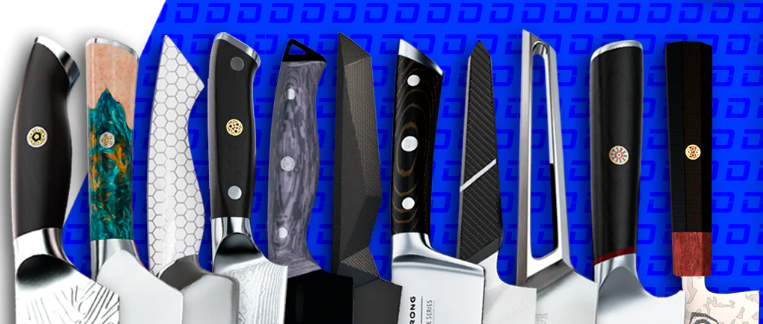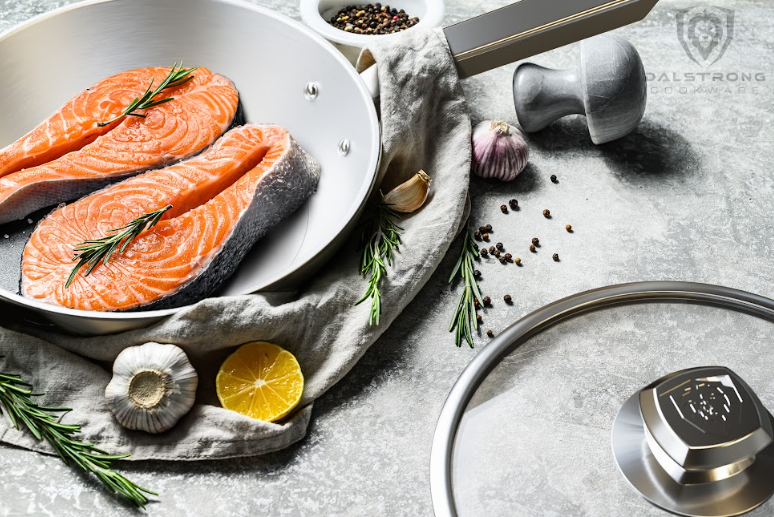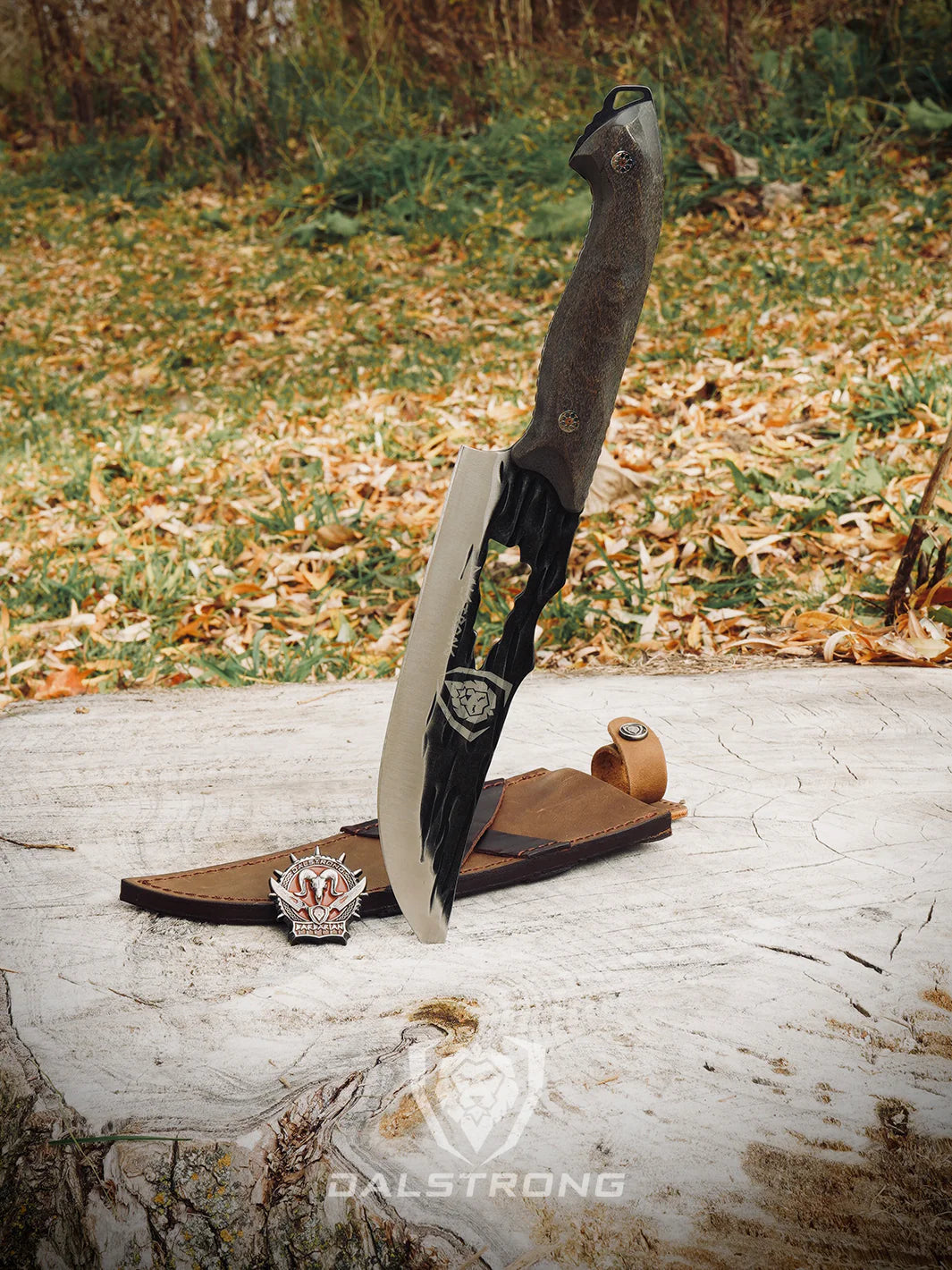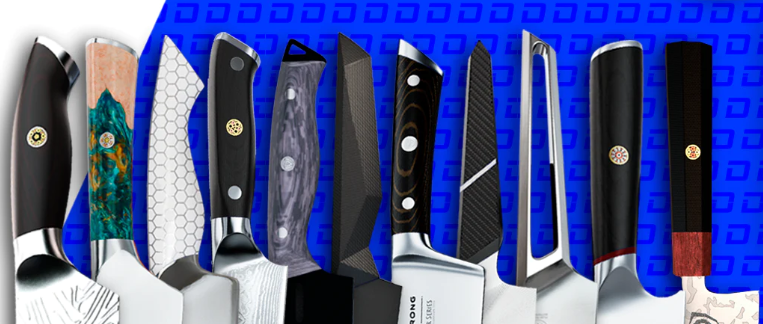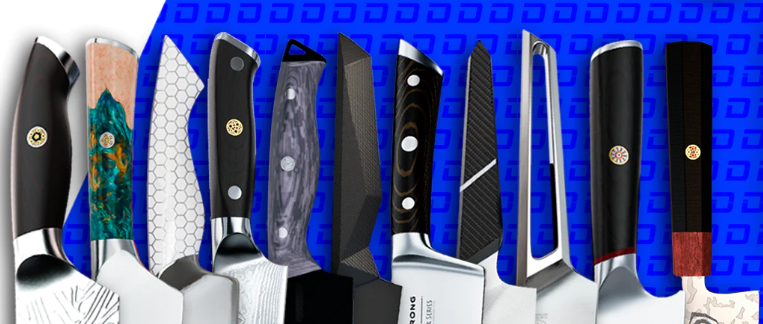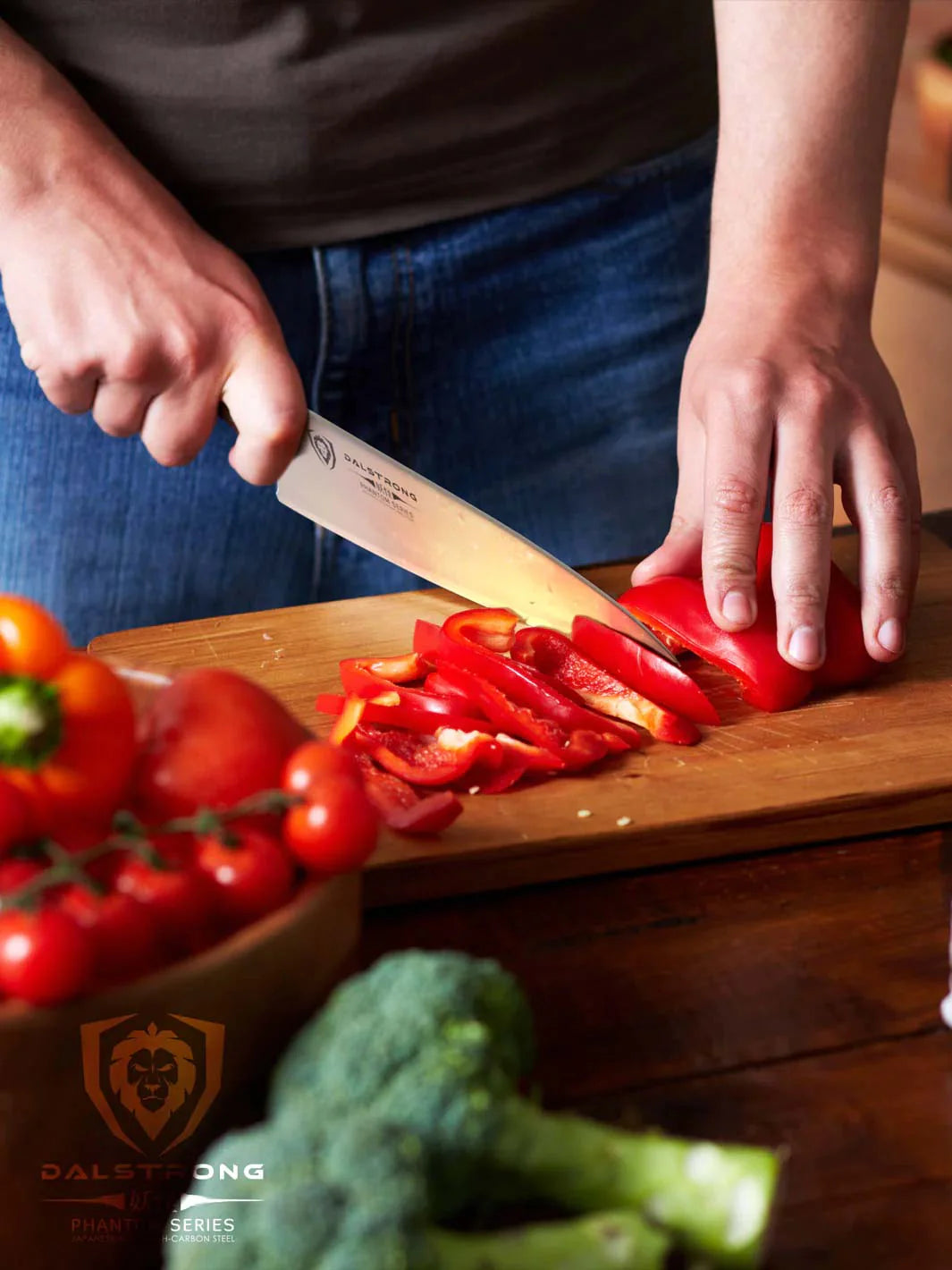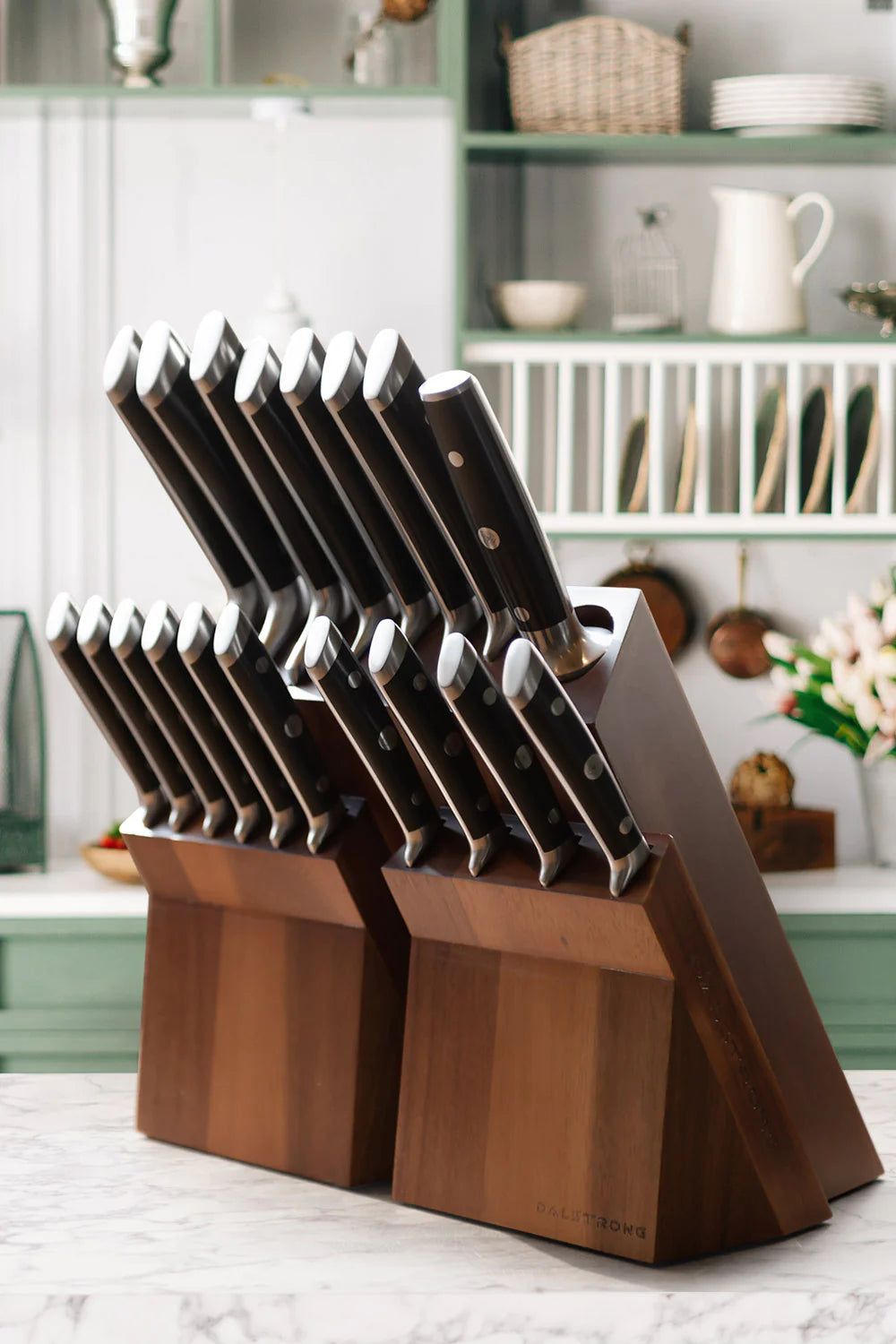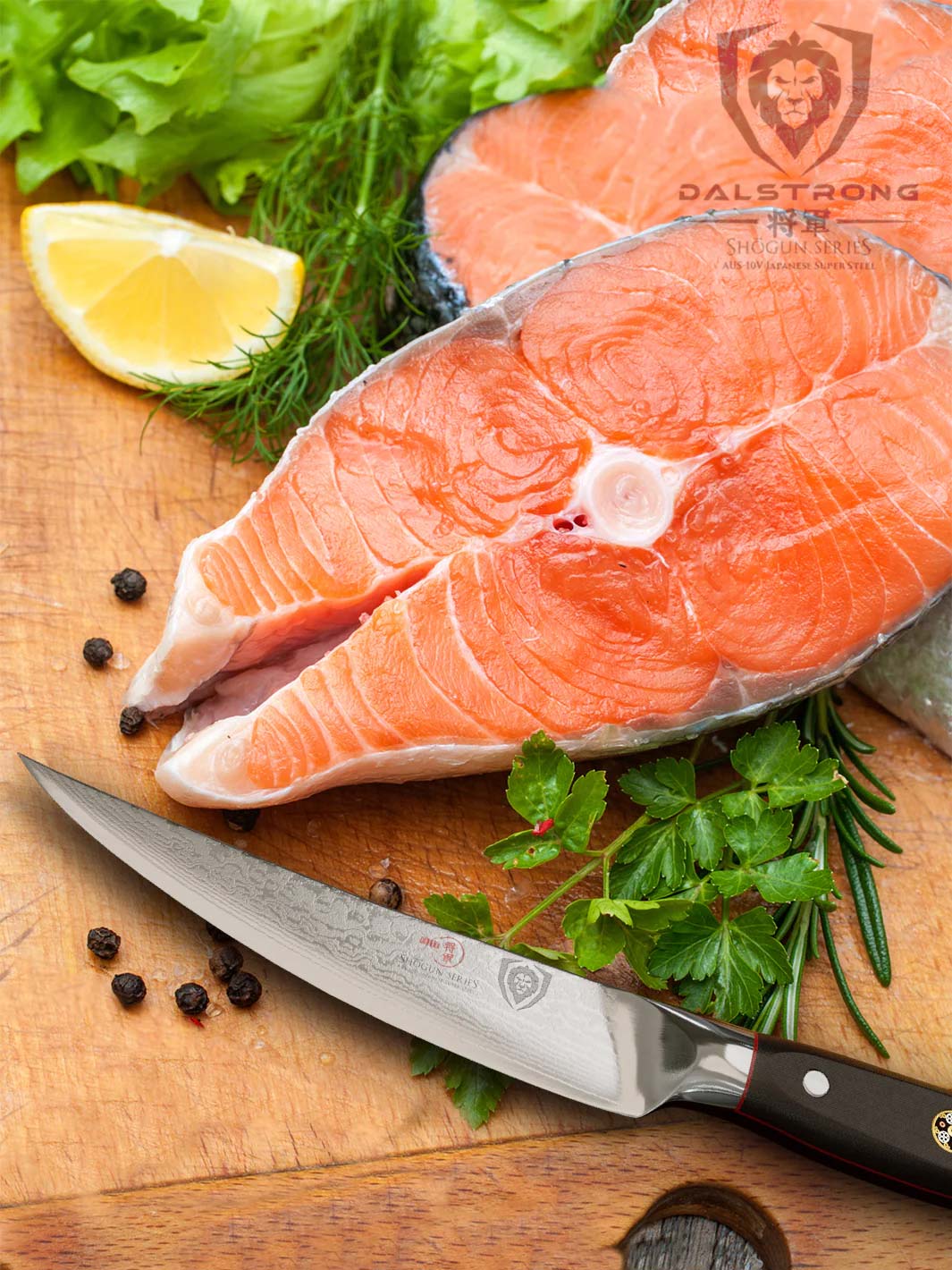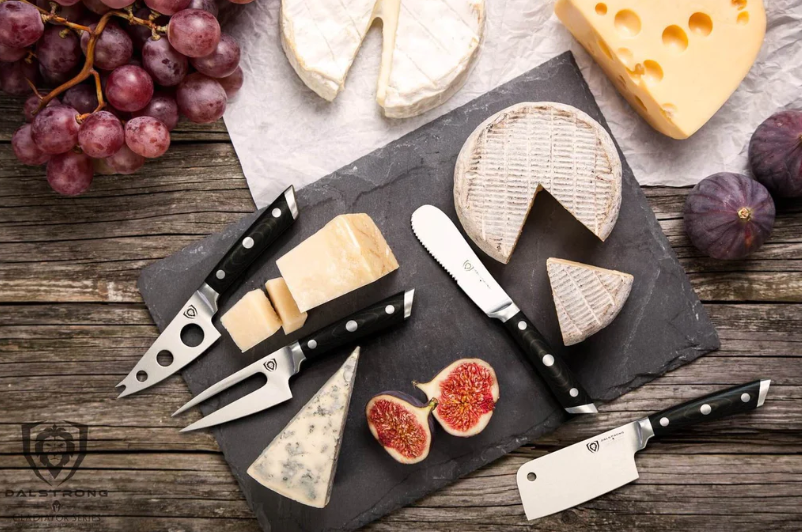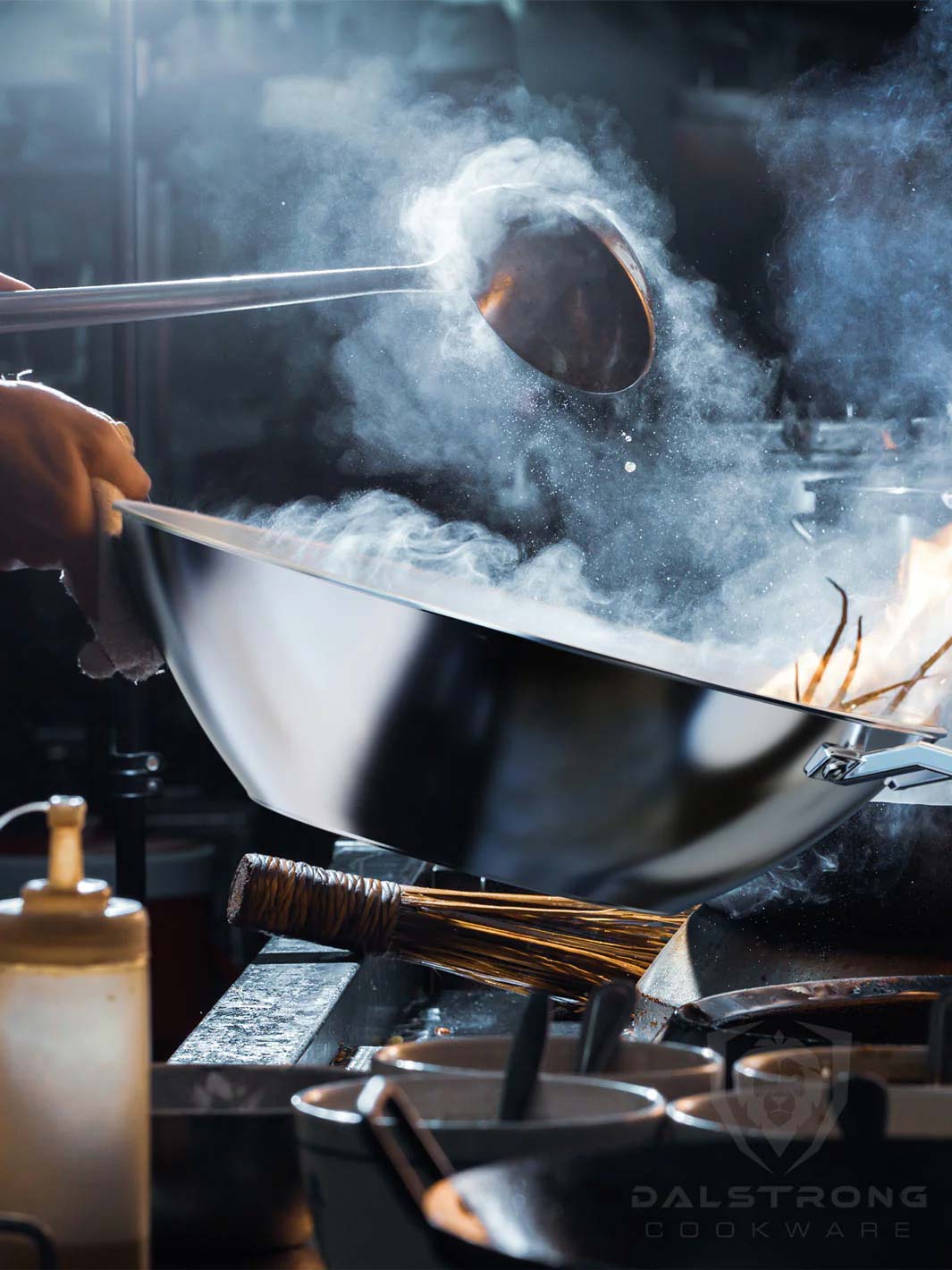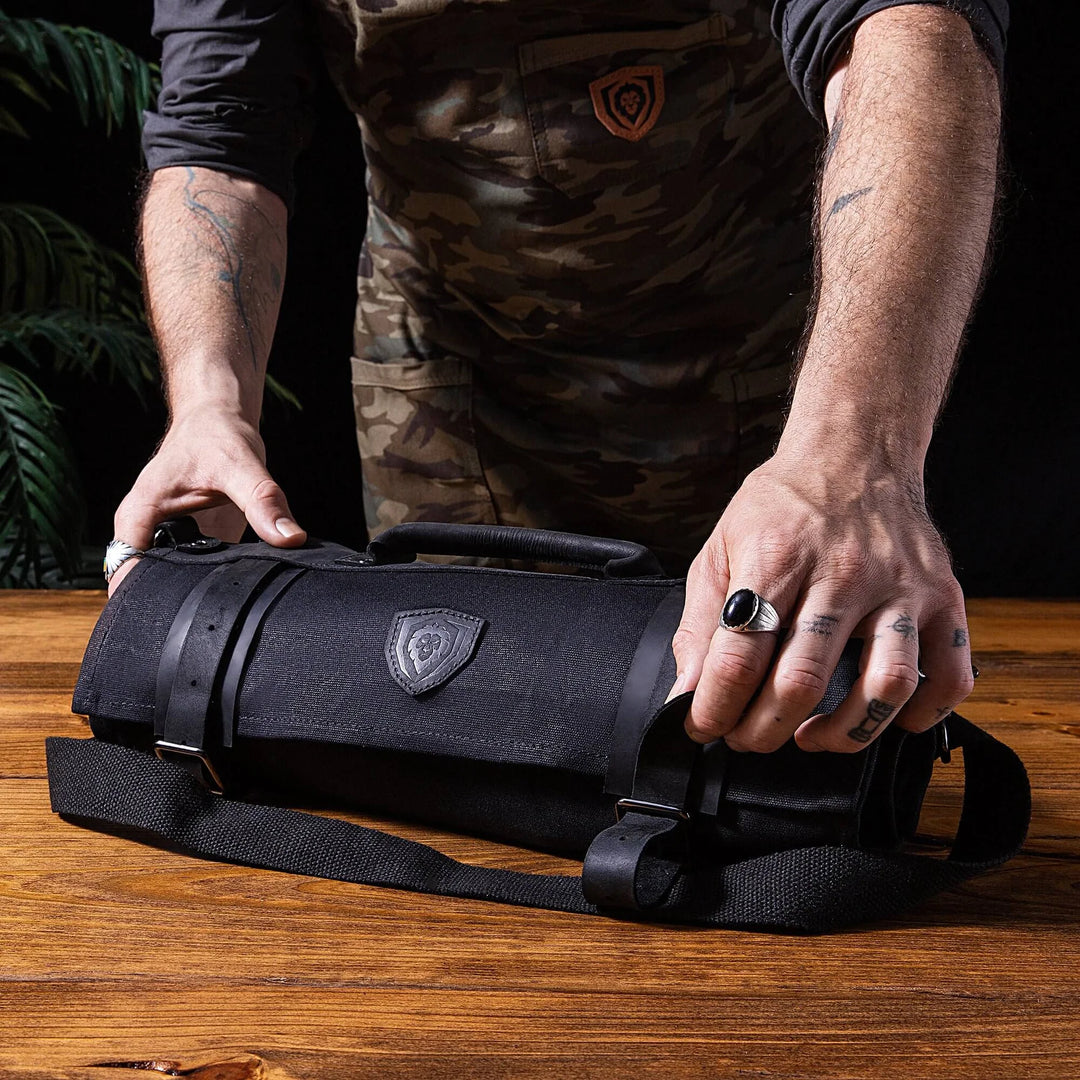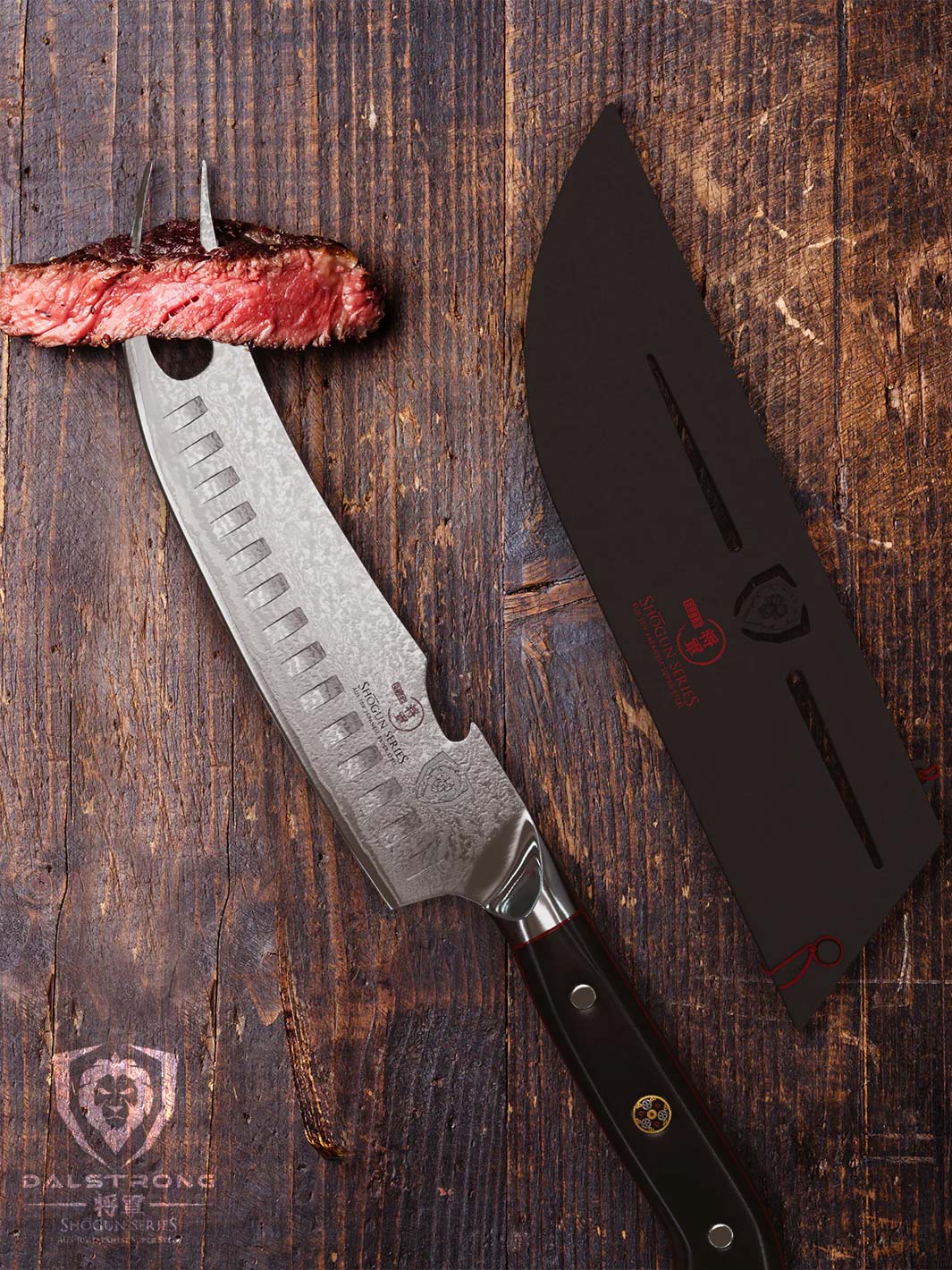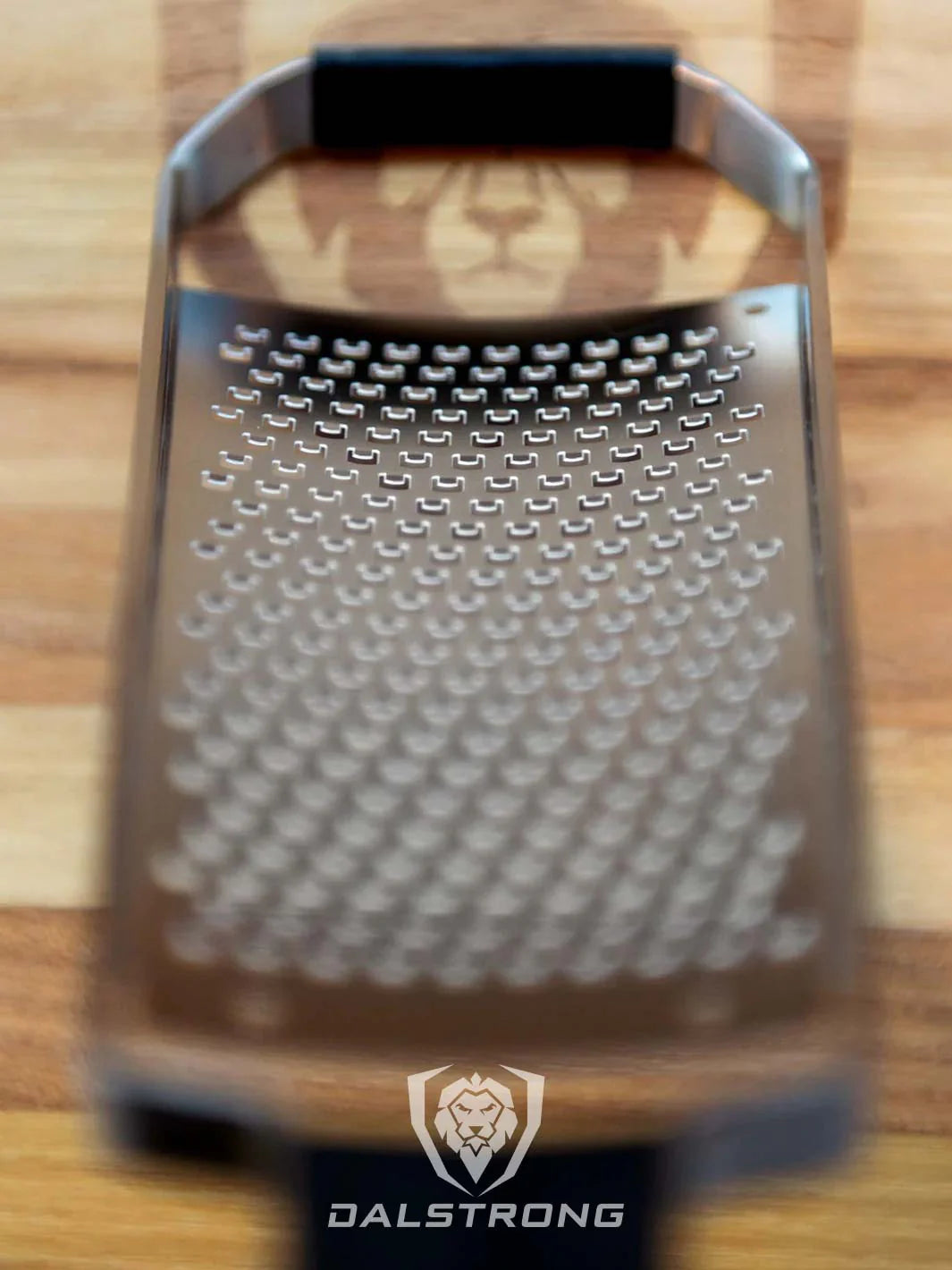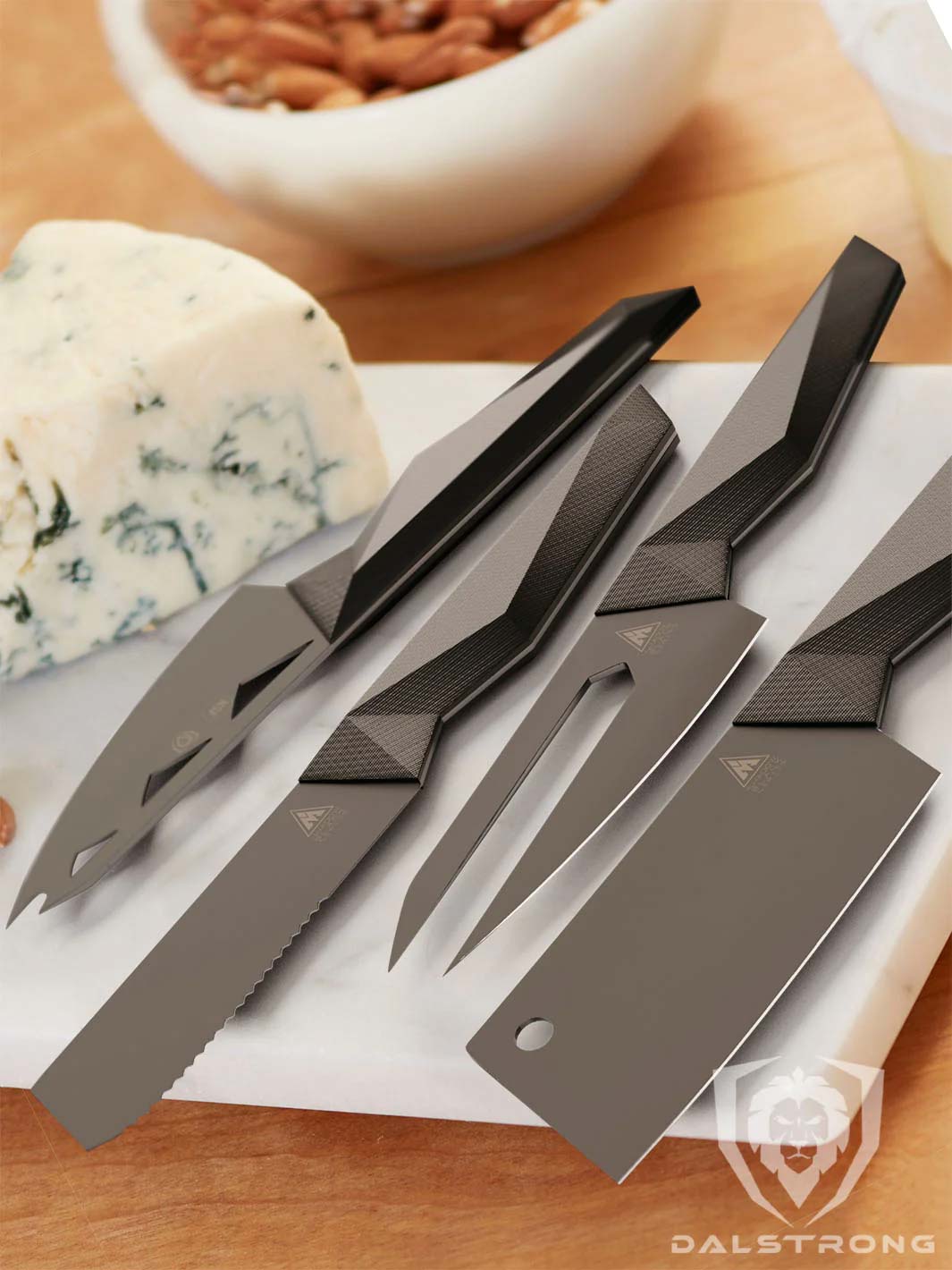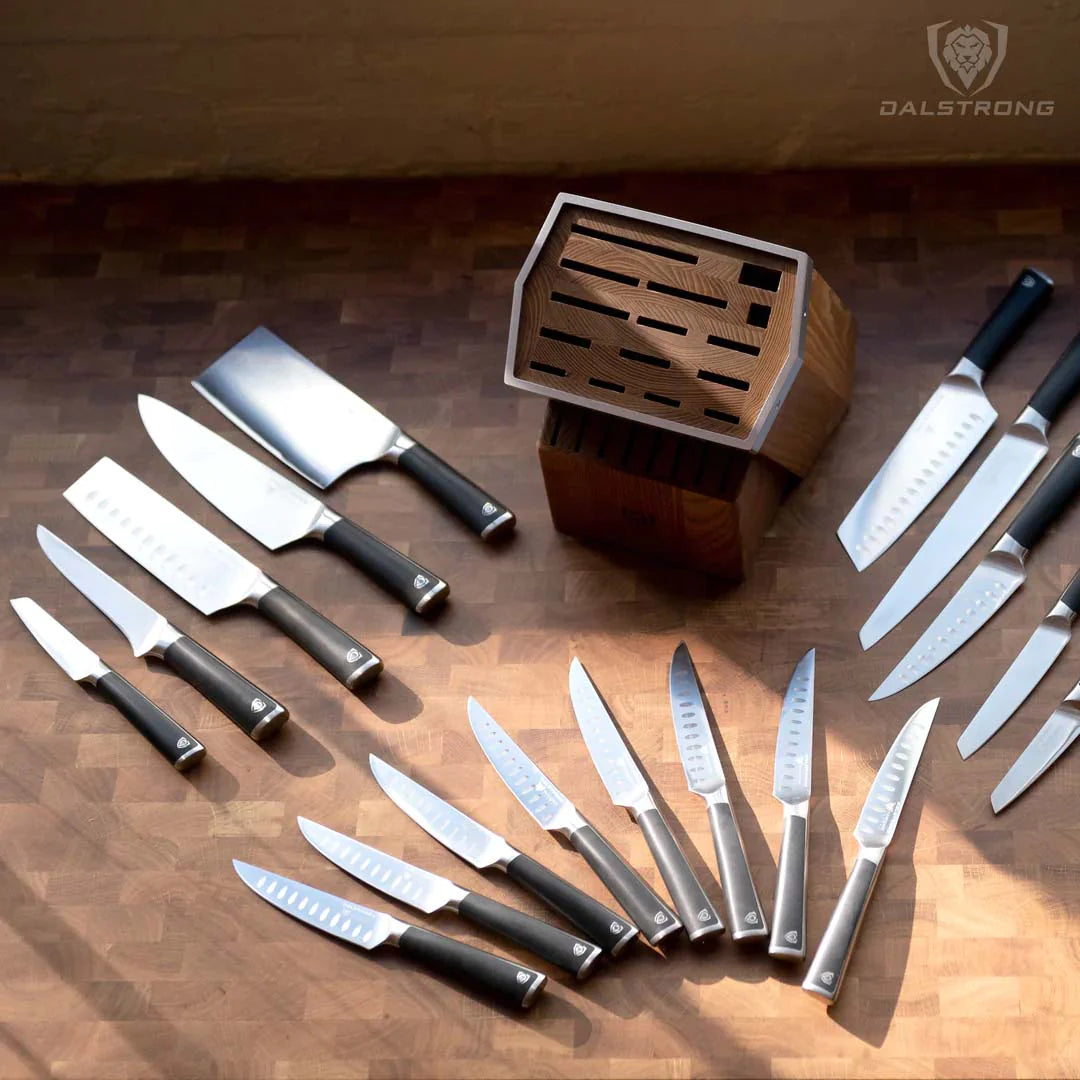How to Choose the Best Frying Pan

How to Choose the Best Frying Pan
Frying pans are an essential item for any kitchen, but how are you supposed to choose the right one when the options seem endless? Once you understand what to look for in a frying pan, you’ll find that it’s not as difficult as you may think.
1. What to Look For When Buying a Frying Pan
12" Sauté Frying Pan | Avalon Series
When shopping for the perfect frying pan, take time to think about your needs in terms of size, shape, and cost. However, materials are ultimately the most important consideration.
Cast iron has been the standard for centuries, and is still used by many chefs due to its ability to retain and react to heat. However, materials like cast iron and carbon steel are less versatile than their stainless steel counterparts and can be tricky to care for. Carbon steel and cast iron skillets need to be seasoned, rust easily, and can be damaged by acidic foods.
Stainless steel is a better option if you want something simple, straightforward, and stress free. It is exceptionally durable and widely used in professional kitchens. However, on its own, stainless steel is a poor conductor of heat. That’s why you want stainless steel with an aluminum or copper core. High quality stainless steel skillets offer the durability of stainless steel with the heat conducting abilities of professional aluminum and copper pans.
Unlike cast iron or carbon steel frying pans, seasoning stainless steel is not strictly necessary. Stainless steel does not need a seasoned coating to protect it from rust or corrosion, and food residue should release fairly easily even without seasoning.
If you want a genuinely low-maintenance option, try a nonstick frying pan. When shopping for a nonstick pan or pan sets, look for options that do not have a PFOA, APEO, or PTFE coating. Over time, some nonstick coatings can deteriorate, releasing these carcinogenic chemicals into your food. Fortunately, safer options are available.
Eterna classic nonstick cookware is a safe and exceptionally durable option free of PFOA, APEO and PTFE, allowing you to cook with confidence. Don’t worry about sacrificing performance for safety, though. According to industry standard tests, Eterna cookware is 26 times better at food release than leading competitors.
2. Best Frying Pans
1. 9” Dalstrong Oberon Series Frying Pan and Skillet
For a simple, straightforward option on a budget, you can’t go wrong with the 9” Dalstrong Oberon Series Frying Pan and Skillet, which comes in both nonstick and stainless steel finishes. The small size is perfect for those with limited storage for pan sets who don’t have to worry about cooking for a big family.
Pros:
- The cheapest option on the list, this frying pan is ideal for amateur chefs or anyone with a tight budget.
- The vented glass lid helps retain heat and moisture and lets you keep an eye on your dinner while it cooks.
- 3-ply cookware is more durable and reacts to heat better than pure stainless steel or professional aluminum.
Cons:
- The small size isn’t right for everyone. Love to cook sprawling feasts for all your family and friends? Opt for the 12” version instead.
- While aluminum is an excellent conductor of heat, copper is even better. If you’re looking for precision, invest in a pan with a 5-ply copper and aluminum core.
2. 10” Dalstrong Oberon Series Frying Pan and Skillet
As Dalstrong’s current best selling frying pan, this pan is a hit among customers. Slightly larger than the 9” version but still a great budget option in a manageable size, it’s a practical choice for families. Reviewers love the stainless steel handle, vented glass lid, and sleek design.
Pros:
- Unlike carbon steel or cast iron skillets, this pan will never need seasoning thanks to its safe PFOA, APEO, and PTFE free Eterna nonstick coating.
- The Eterna nonstick coating outperforms other premium options in the industry standard dry-egg test.
- This pan is the perfect size for a standard stove, and can be used on gas, electric, and induction cooktops.
Cons:
- The nonstick vs. stainless steel debate ultimately comes down to personal choice. Fortunately, the 10” Frying Pan and Skillet comes without a nonstick finish, too.
- Some chefs may prefer a 5-ply construction.
- Clumsy? Look for a pan without a nonstick coating or glass lid. While this pan is exceptionally durable, nonstick coatings can chip and glass lids can break.
3. 10” Dalstrong Avalon Series Frying Pan and Skillet
If you like the look of the 10” Oberon Series Frying Pan and Skillet but are willing to spend more for additional features, try this option, another of Dalstrong’s bestsellers. This top-of-the-line frying pan features cutting edge 5-ply copper and hardanodized aluminum cladding, making it exceptionally reactive to heat. This pan can withstand temperatures of up to 600 degrees Fahrenheit, ensuring that it will be up for even the most challenging culinary adventures. It’s also oven and broiler safe, so you can even use it to bake breads, pies, or tarts. Want to toss it in the dishwasher? Don’t worry, it can handle that, too.
Pros:
- Copper, while pricy, is an even better conductor of heat than aluminum. This pan blends the strength and durability of stainless steel with the superior heat conducting abilities of an aluminum or copper pan.
- This pan can take temperatures up to 600 degrees, higher than nonstick skillets can handle.
- This is a beautiful piece of cookware, with a unique hammered black finish that stands out from the norm. It’s available in silver, too.
- This is an exceptionally durable option guaranteed to last a lifetime. The lack of a nonstick coating means you won’t have to worry about chips, and, unlike glass, the stainless steel lid won’t crack when dropped. This beautiful beast of a pan is up for anything.
Cons:
- While the metal lid is less prone to accidents, it also means you can’t keep an eye on your food while it cooks.
- This is not a nonstick skillet.
4. 12” Dalstrong Avalon Series Frying Pan and Skillet
If you’re a serious chef willing to pay top dollar for quality who likes to cook for a crowd, check out the Dalstrong Avalon Series Frying Pan and Skillet. Similar to the 10” option but bigger, this pan will be able to accommodate even the largest meals. The metal lid, sturdy construction, and stunning hammered finish make for an exceptionally powerful piece of cookware.
Pros:
- This frying pan is large enough to serve everyone at a crowded dinner party or Thanksgiving feast.
- The 5-ply construction means that this pan is great for those who need a pan that will heat with precision.
- The hammered finish of this pan adds visual interest, perfect for the chef who cares about aesthetics. If silver isn’t your style, this skillet comes in a sleek black finish, too.
Cons:
- As the priciest option on the list, this frying pan may not fit every budget.
- The large size may be cumbersome or unnecessary, especially if your cooking surface is small or you don’t cook in large quantities.
- This pan does not come with a nonstick coating, so if you are specifically shopping for nonstick pans, it’s not the best choice.
5. The Dalstrong 12” Oberon Series Frying Pan Wok
Want to switch it up a bit and try something different from the standard, flat-bottomed Western frying pan? Try a wok! The deep, sloped sides of this classic Chinese pan make it a unique and versatile choice. Not only is this pan perfect for sautéing, searing, and of course stir frying, but also deep enough for sauces and stews.
Pros:
- Unlike most frying pans or skillets, woks are great for deep frying. While most frying pans are too shallow, woks allow for plenty of room to deep fry delicacies like shrimp, chicken, or Crab Rangoon.
- Woks are specifically designed so that food can be tossed with a flick of the wrist, the traditional method for “stirring” stir fry. Who needs metal utensils anyway?
- Stainless steel is easier to clean than traditional carbon steel or cast iron.
- This wok is also available in a nonstick finish.
Cons:
- The sloped sides mean that woks don’t have as much flat surface area as standard frying pans or skillets. If you want plenty of room to spread out your vegetables or cook flat foods like pancakes or tortillas, opt for a flat bottomed frying pan or even a sauté pan.
- At 12” this pan might be too large and cumbersome for some kitchens.
3. Frequently Asked Questions about Frying Pans
12" Sauté Frying Pan | Oberon Series
What Kind of Pan Is Best for Frying?
The best pan for frying can depend on your personal preferences, kitchen environment, and the type of food that you plan to fry.
Ultimately, most chefs find that high quality stainless steel frying pans with hardanodized aluminum or copper cores are the most versatile options.
Though frying pans are remarkably versatile cookware, they can’t do everything. While the traditional flat-bottomed skillet design is great for frying food in small amounts of butter or oil, it’s not ideal for deep frying. Traditional skillets are too shallow, since deep frying requires several inches of oil so that the food can be fully submerged.
While you don’t need an electric deep fryer, it’s best to use a large, sturdy stock pot with high walls, like this 5 quart stock pot from Dalstrong’s Avalon Series. This pot will allow plenty of room to cook food in a thick layer of oil while preventing hot oil from splattering over you or your kitchen.
What Kind of Pans Do Professional Chefs Use?
Professional chefs generally opt for cookware that is durable enough to meet the needs of a fast-paced kitchen environment, like high quality stainless steel.
Keep in mind that the cookware requirements of a professional kitchen differ from those of most homes. Professional kitchens can be intense and fast-paced environments that call for exceptionally durable cookware. Stainless steel is a top choice – it’s sturdy, doesn’t rust, and doesn’t react to foods. Plus, it can handle high temperatures and large volumes of food. Pure aluminum is flimsy, cast iron rusts, and classic nonstick pans, while great for home kitchens, can’t always hold up to the wear and tear of a restaurant environment.
Meanwhile, home chefs typically cook at lower volumes and have more time to care for their pans. Don’t be dissuaded from options like nonstick pans just because they aren’t used in professional kitchens. In a home kitchen, a high quality nonstick skillet or frying pan with a durable coating will last for years and make for easy cleanup. After all, unlike professional chefs, most home cooks can’t hire a designated dishwasher to scrub their cookware!
What is a Frying Pan Used For?
Frying pans aren’t just for frying – they’re great for searing, sautéing, and browning foods, too. Don’t feel limited to meats and vegetables, though. Frying pans and skillets are also used for breads like tortillas, pancakes and crepes. If your frying pan is oven safe, it can be used to bake cornbread, quiche, or deep dish pizza. There’s even a host of recipes available on the internet that use skillets to bake massive chocolate chip cookies.
Do Frying Pans Need to be Nonstick?
Whether or not you need a classic nonstick frying pan largely depends on your lifestyle and the type of food that you plan to cook. If you’re an accomplished chef, it’s a good idea to have both in your arsenal.
For most types of food, a stainless steel or cast iron frying pan without a nonstick coating should be just fine, especially if it is well seasoned. Stainless steel pans are often better for cooking foods at high temperatures, and are better than nonstick pans at browning meat. Plus, they’re more durable, since nonstick coating can sometimes chip or wear down over time.
However, for particularly delicate foods like fish or sticky meals like cheesy omelets, it’s best to use a nonstick pan. Nonstick pans are also a good option for people with busy lifestyles, since they make cleanup extra easy.
What is the Difference Between a Frying Pan and a Skillet?
Ultimately, there is no real difference between a frying pan and a skillet. Though the term “skillet” is often used to refer to cast iron pans, pans made from aluminum, carbon steel, or stainless steel can be considered skillets, too. Both words refer to a shallow, flat-bottomed pan with flared sides and a long handle.
Shop Dalstrong Frying Pans Today
Written by Cassie WomackBased in Richmond, Virginia, Cassie enjoys trying challenging new recipes with her cat for company.























































































































































